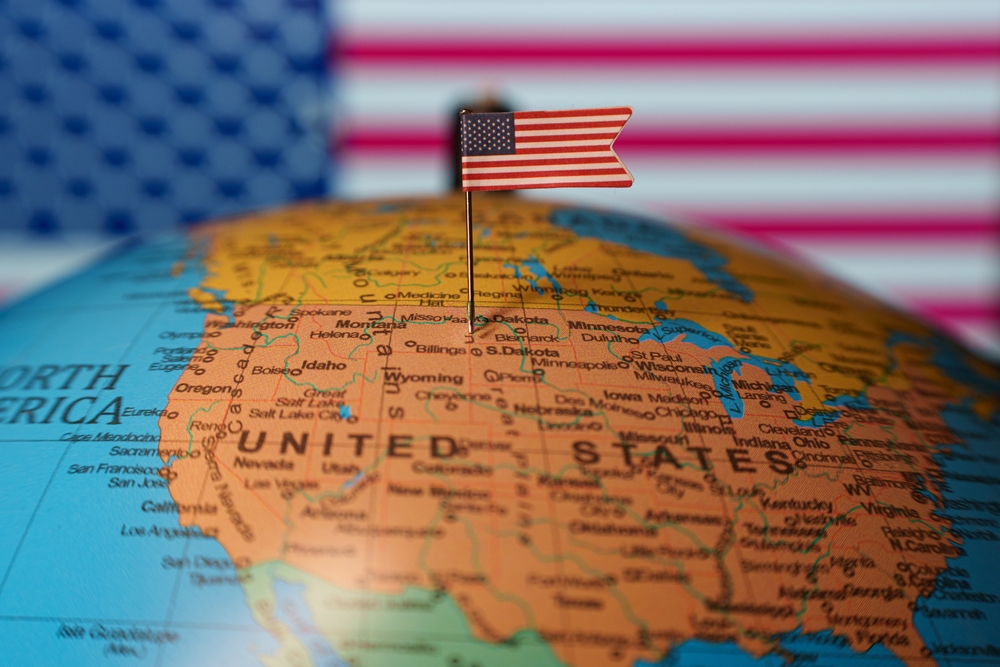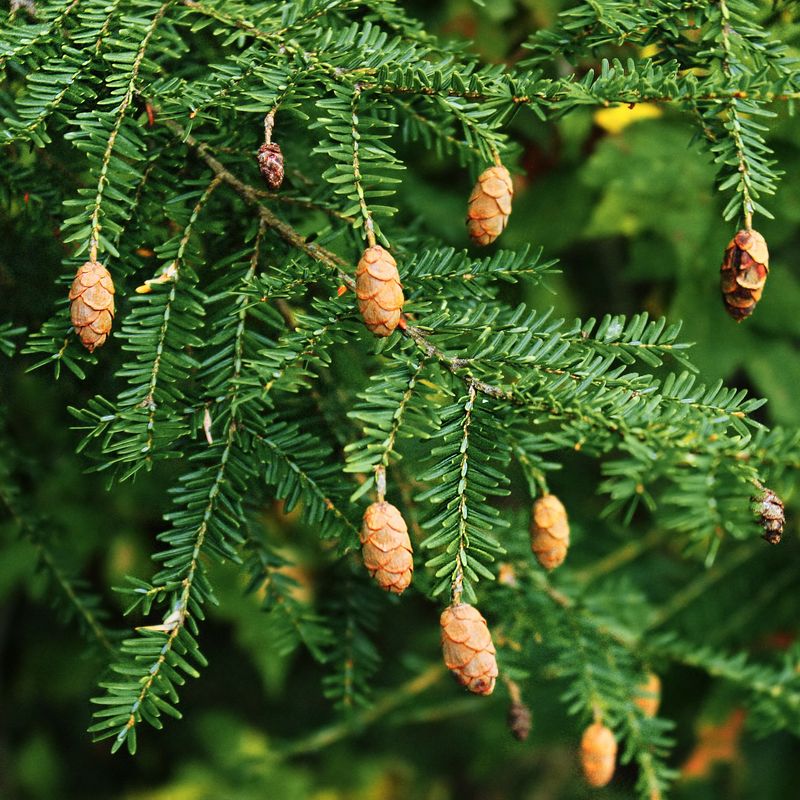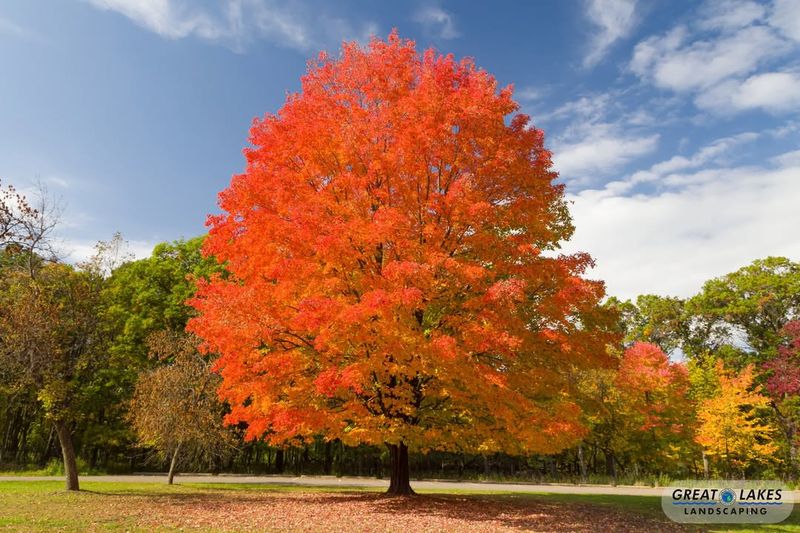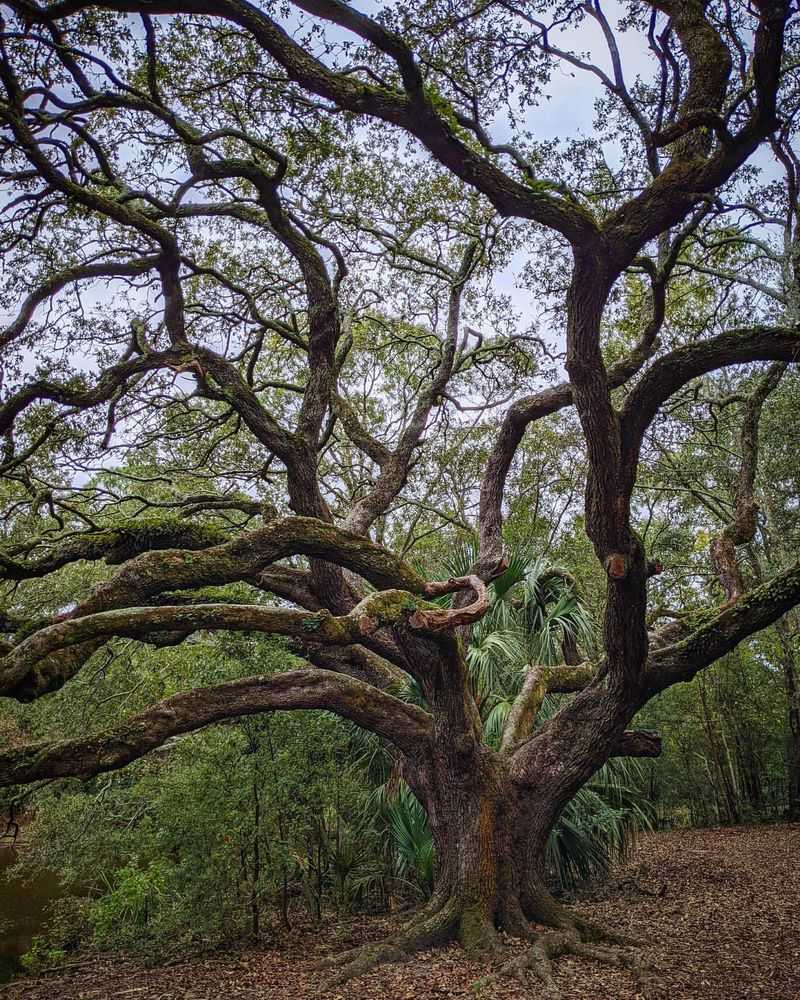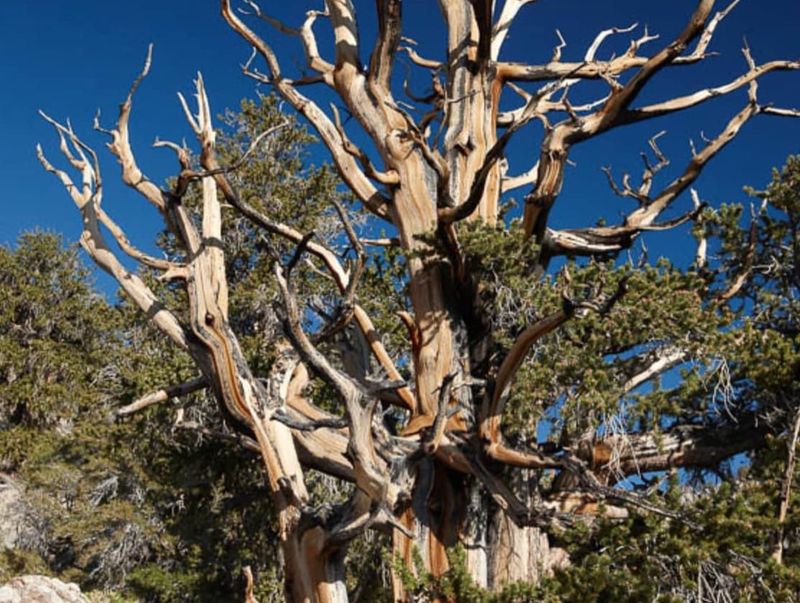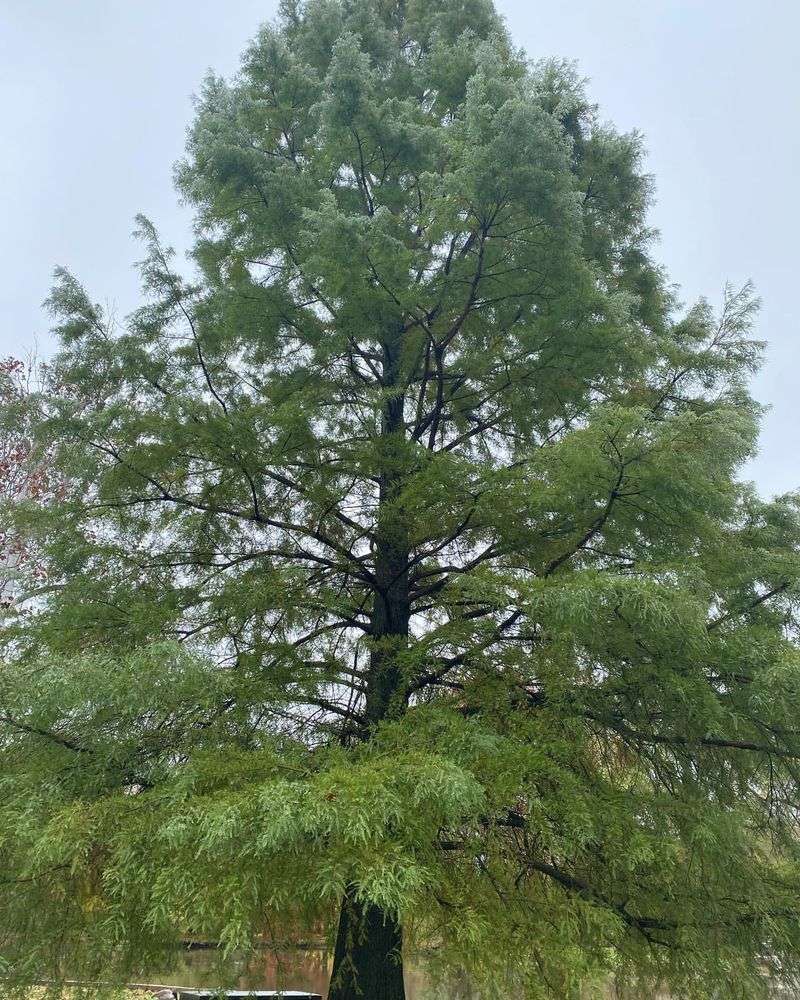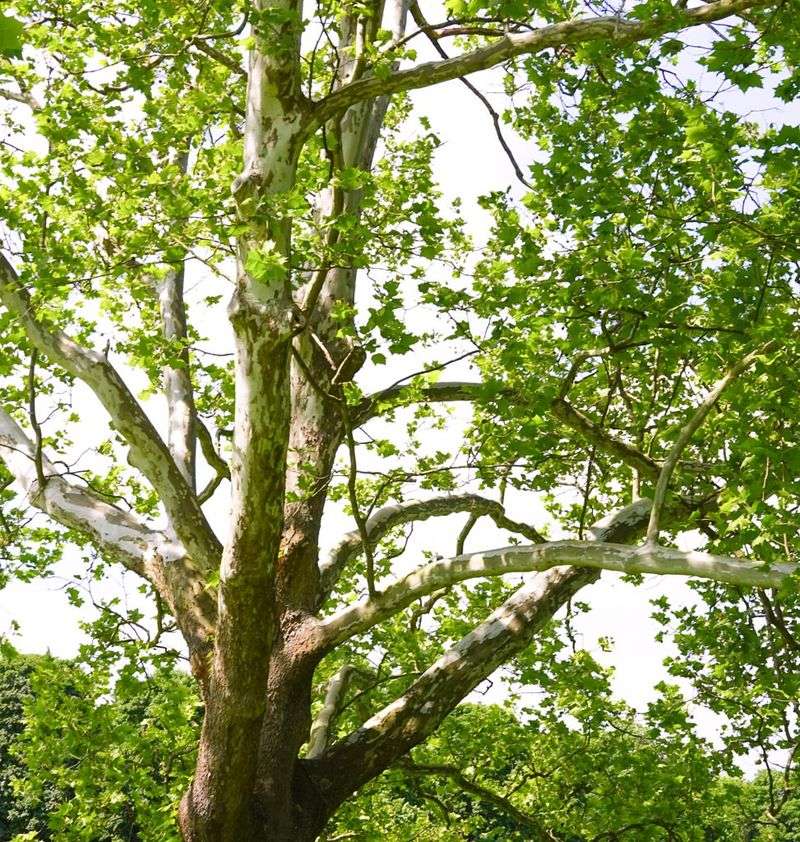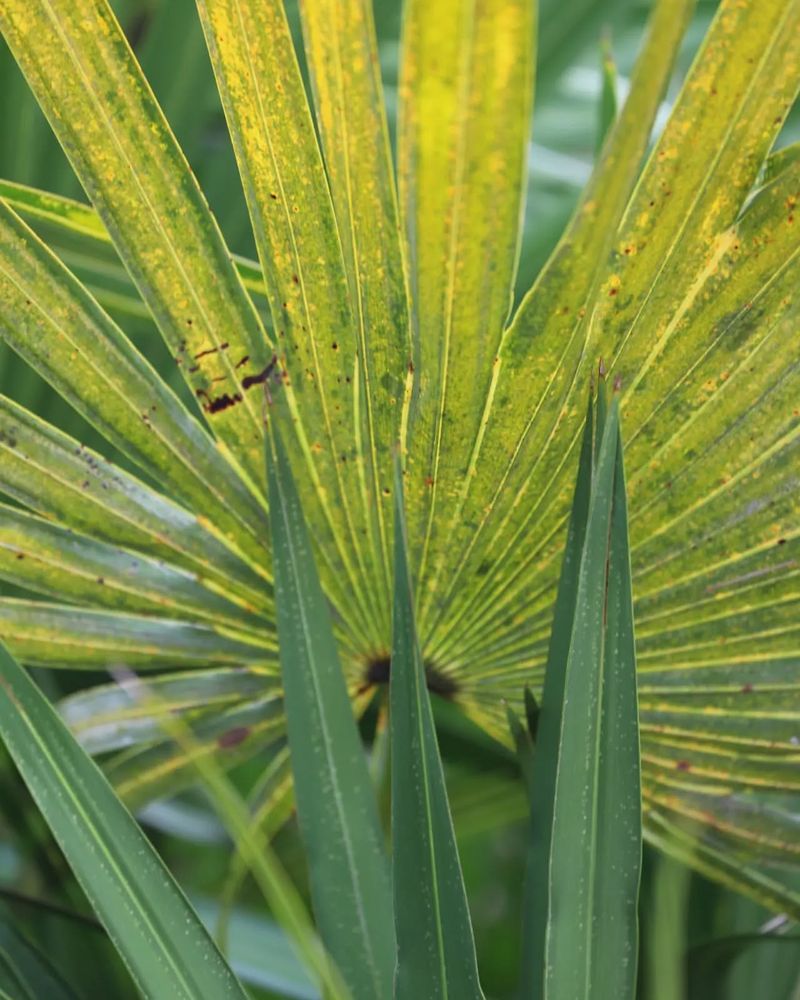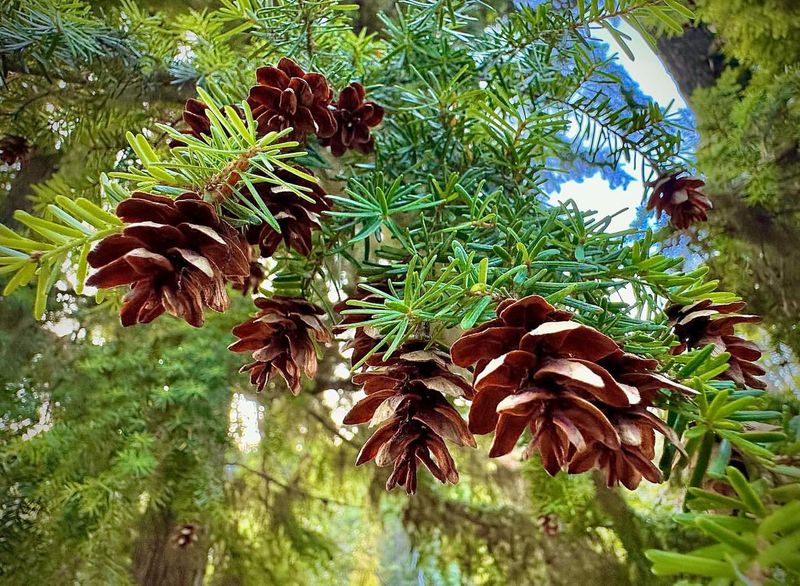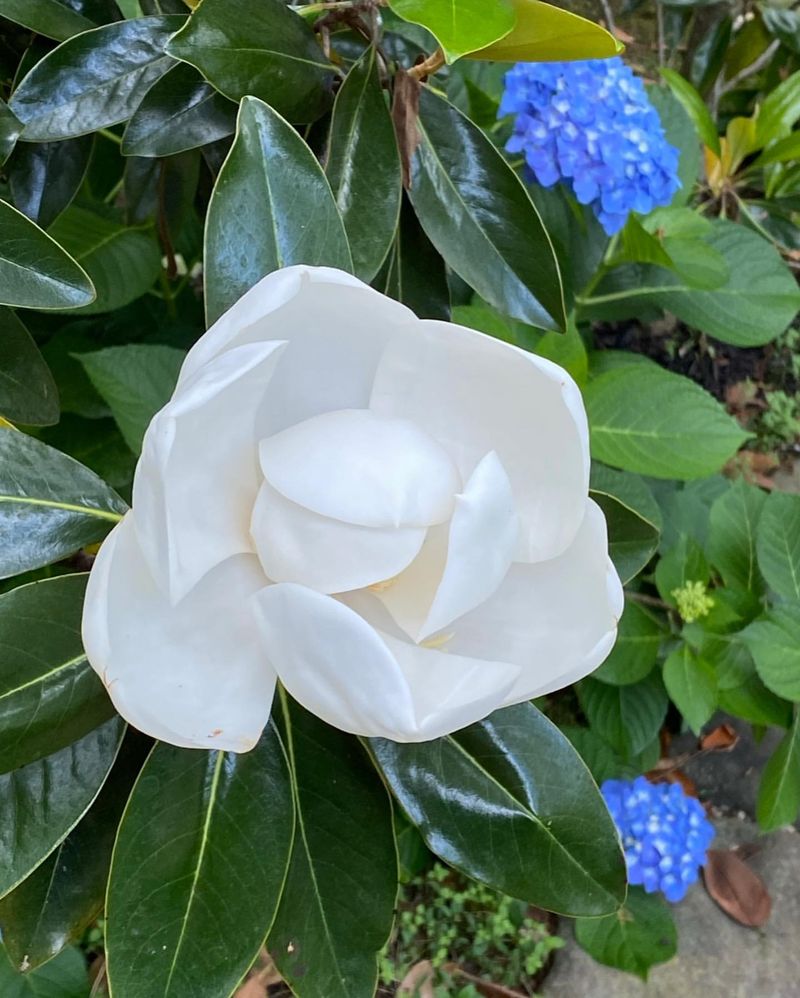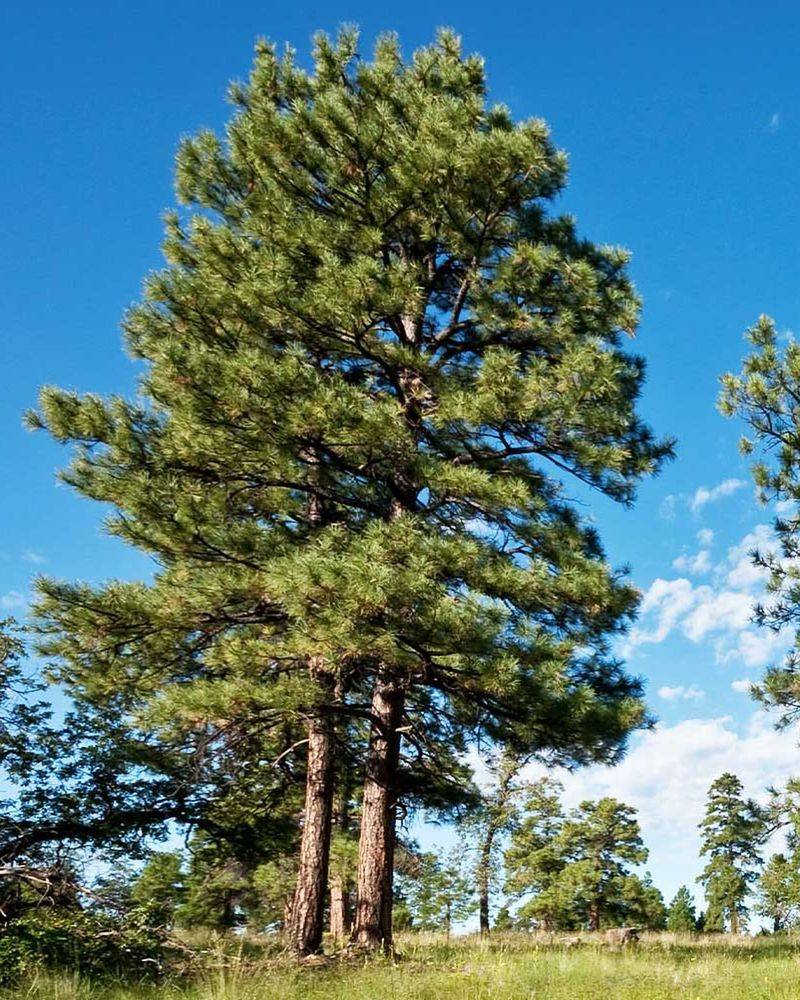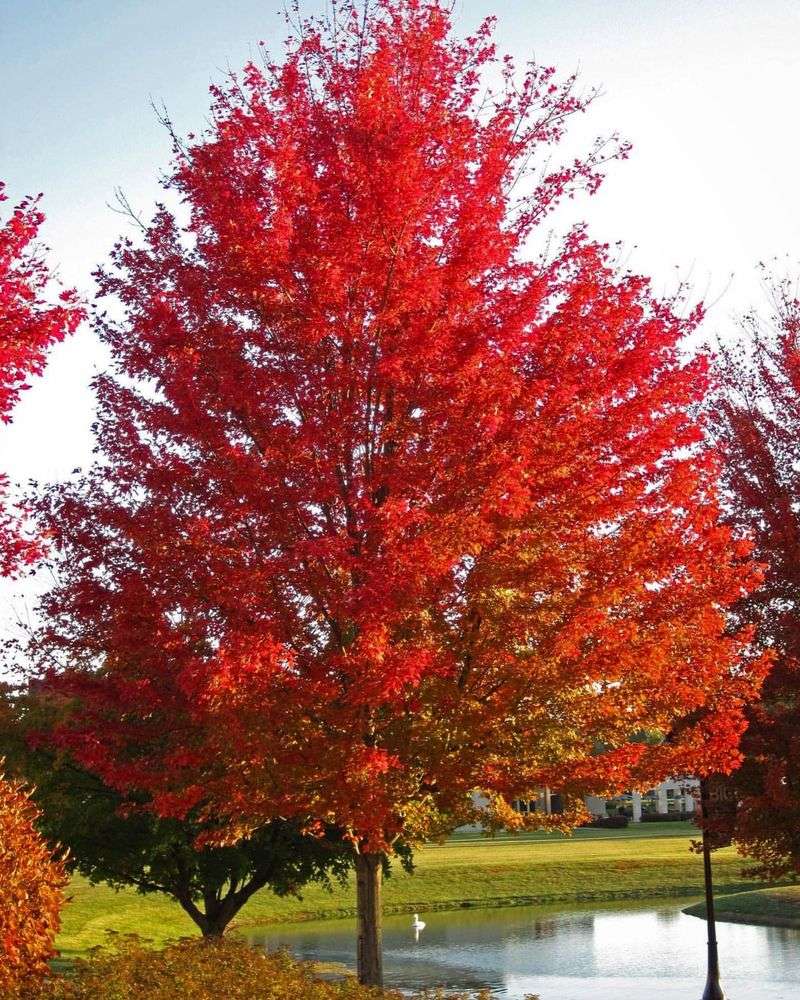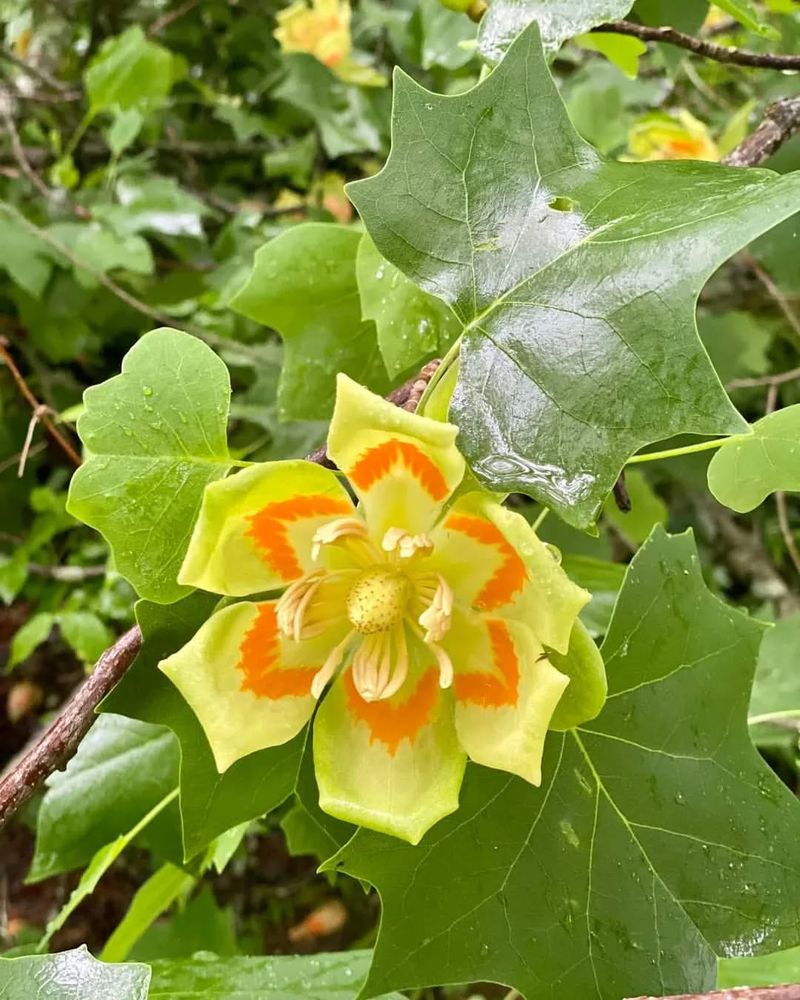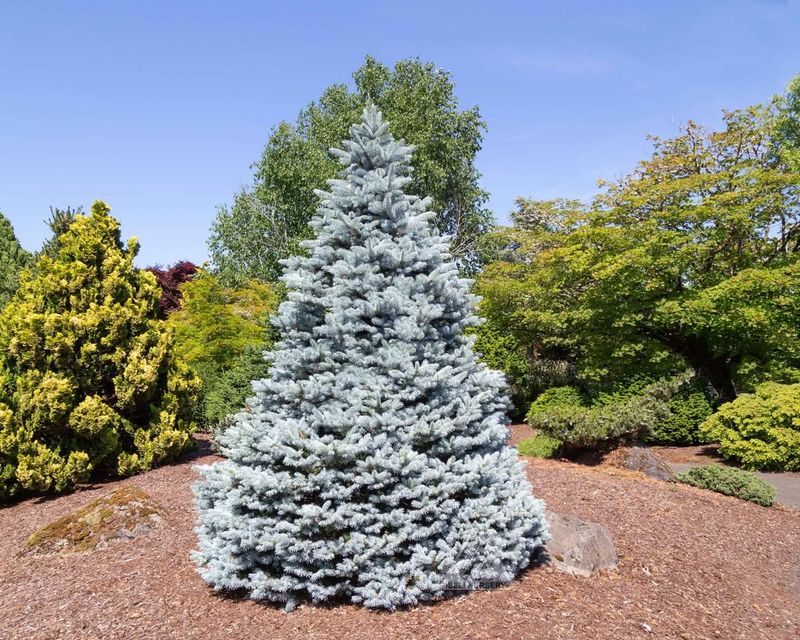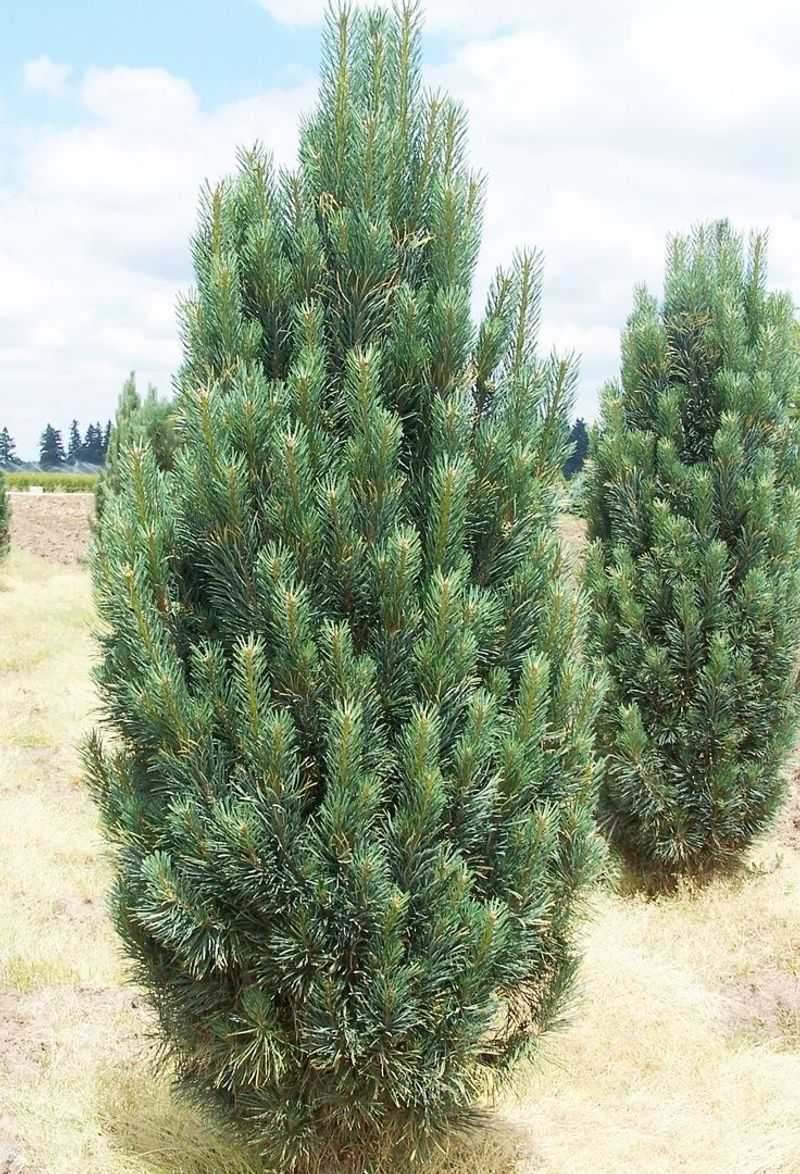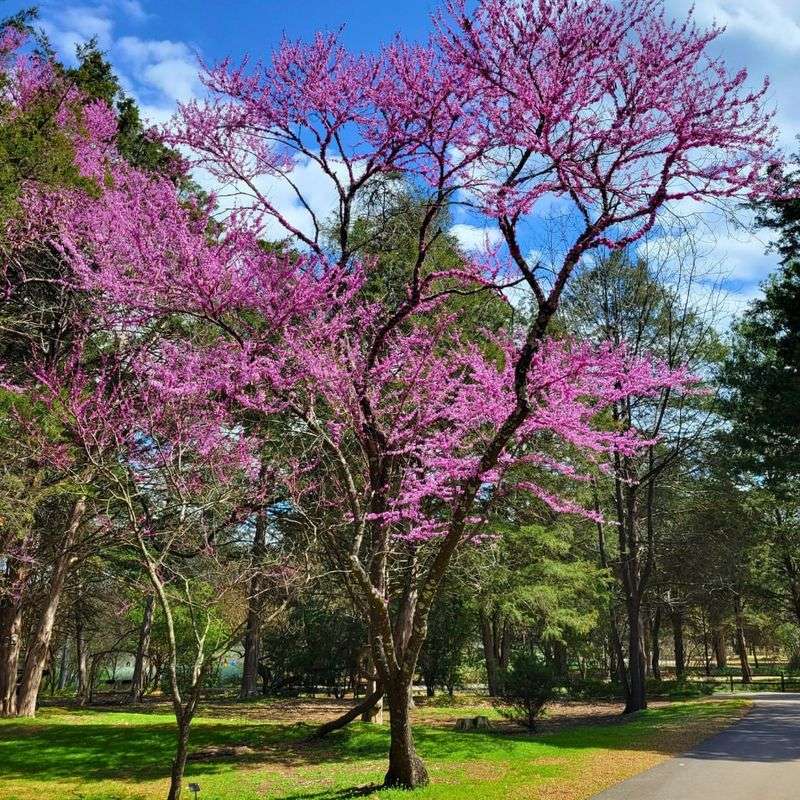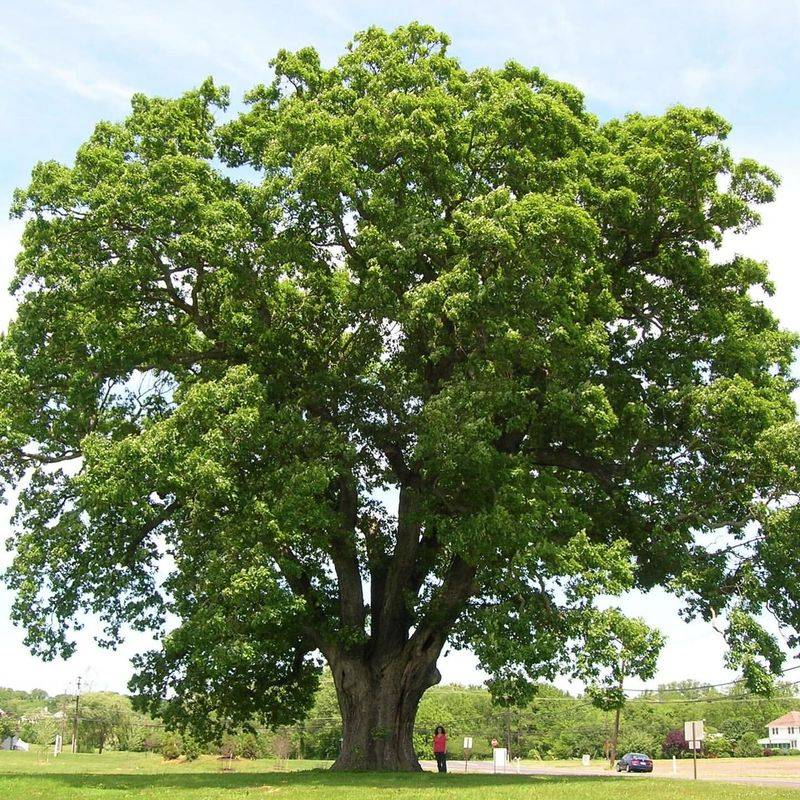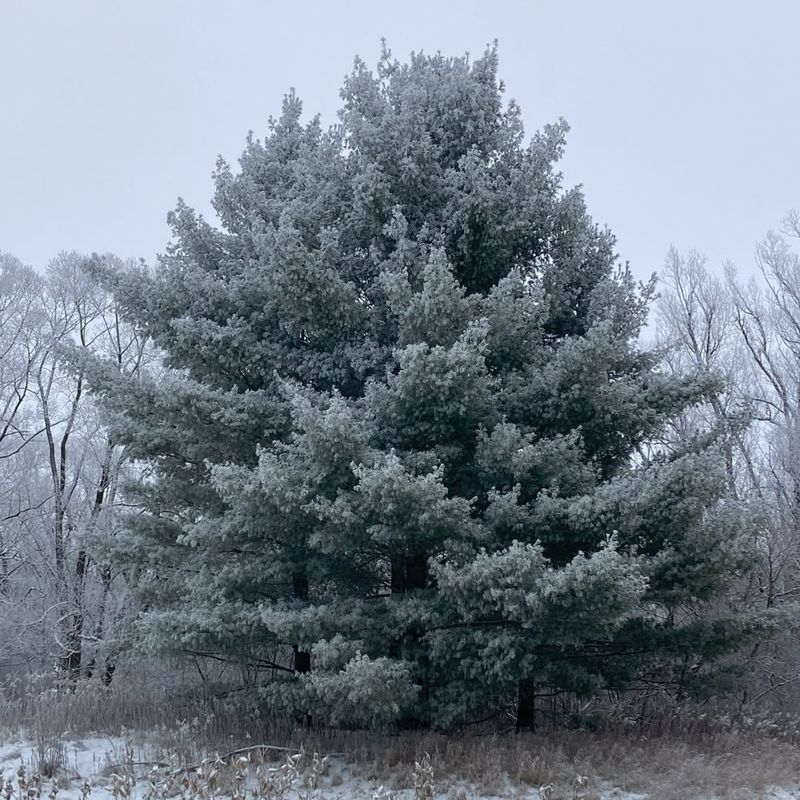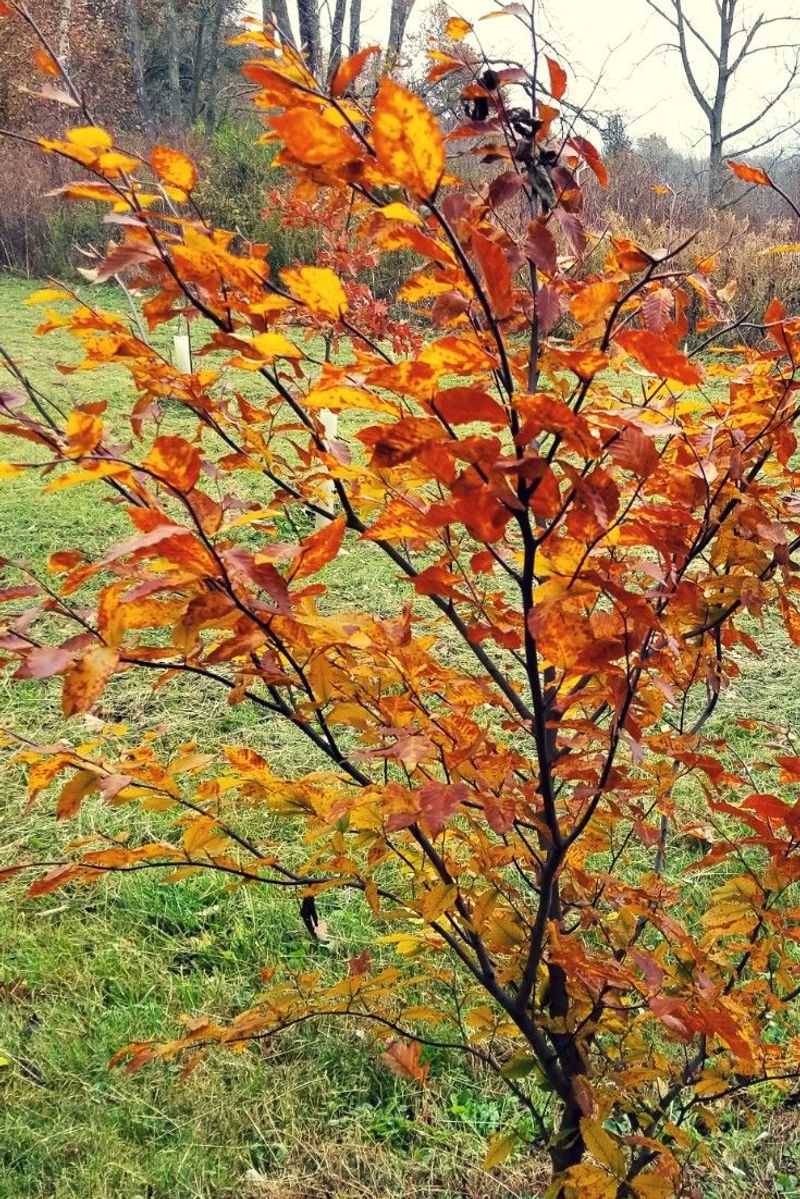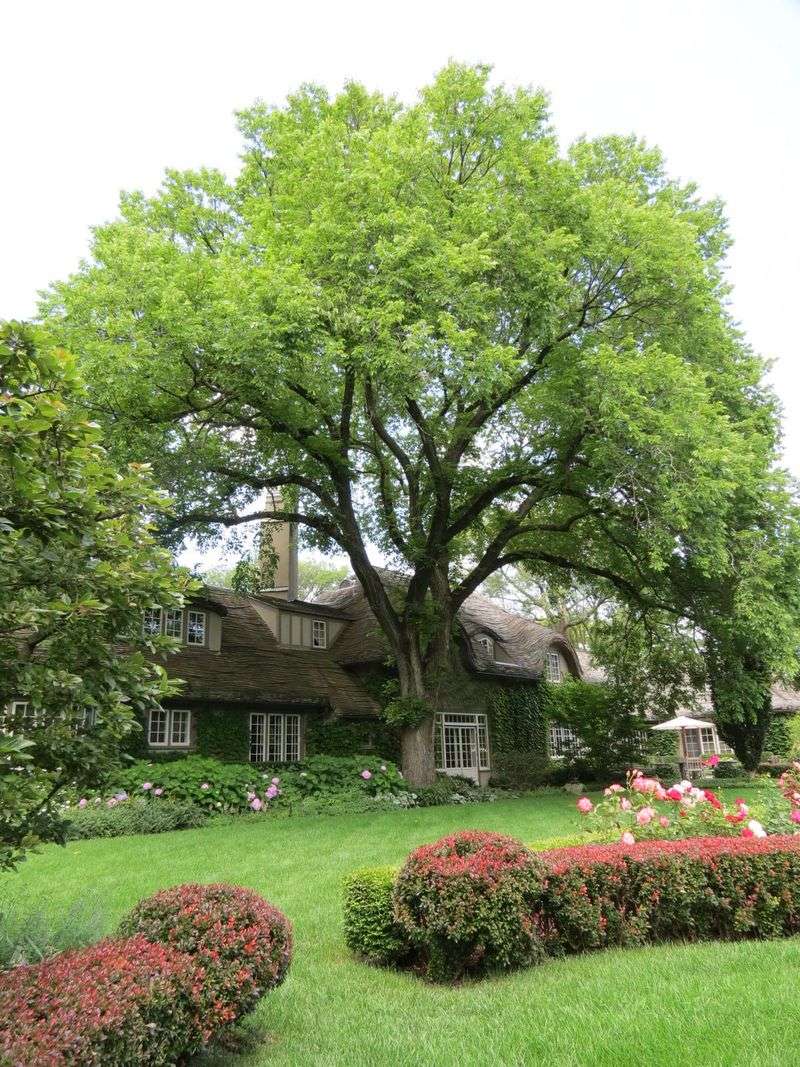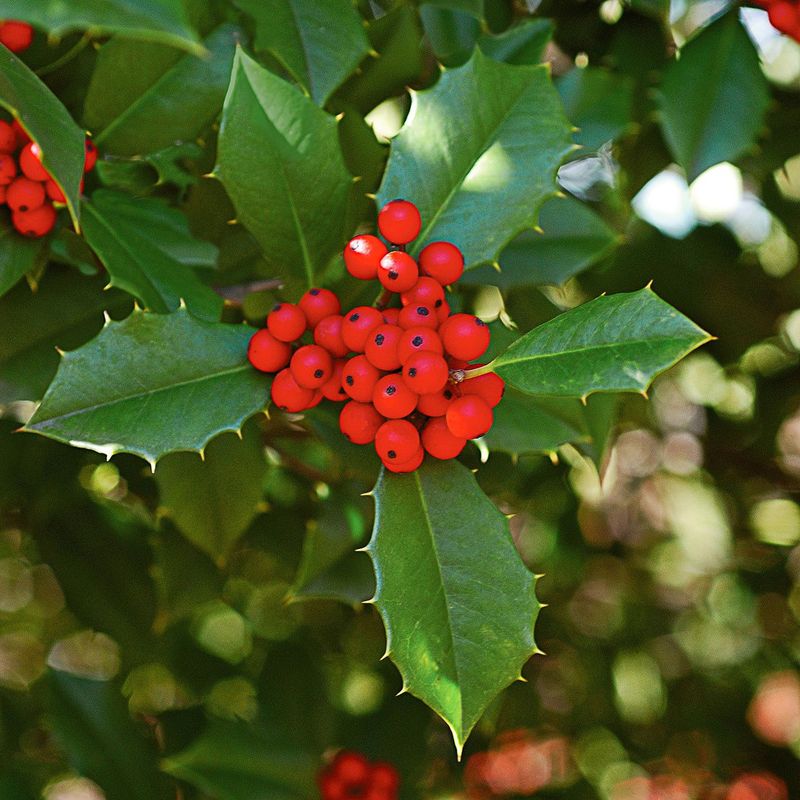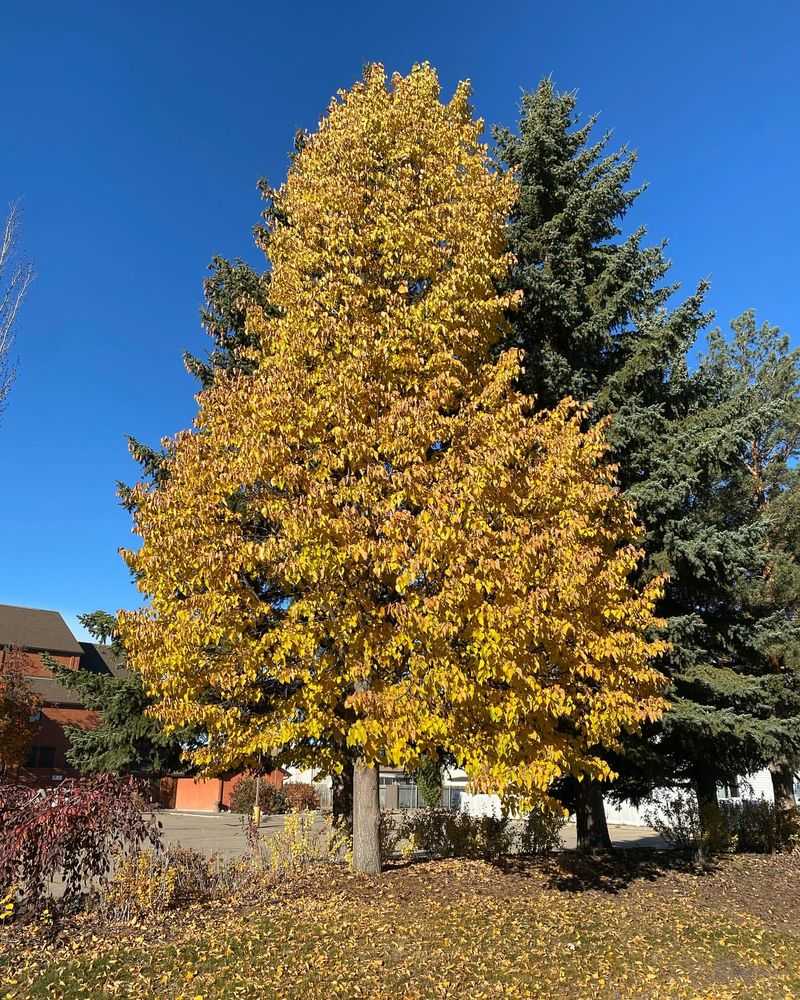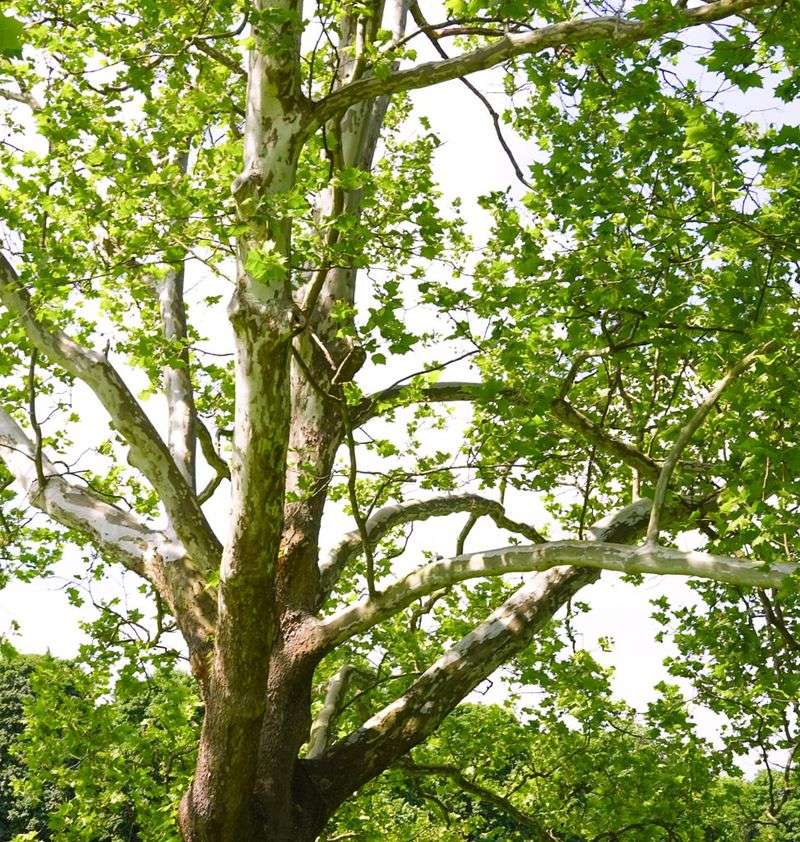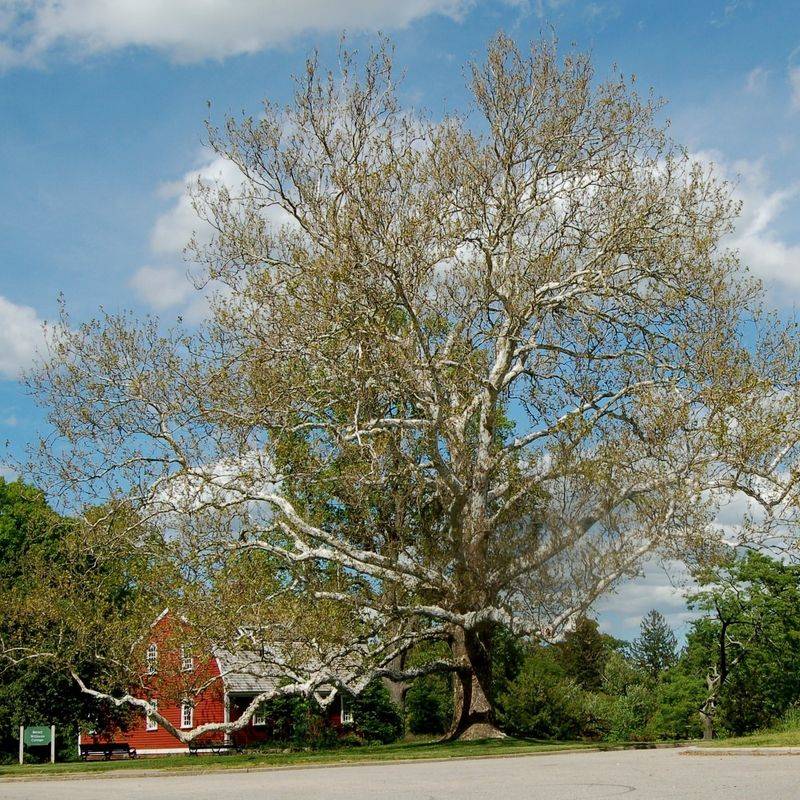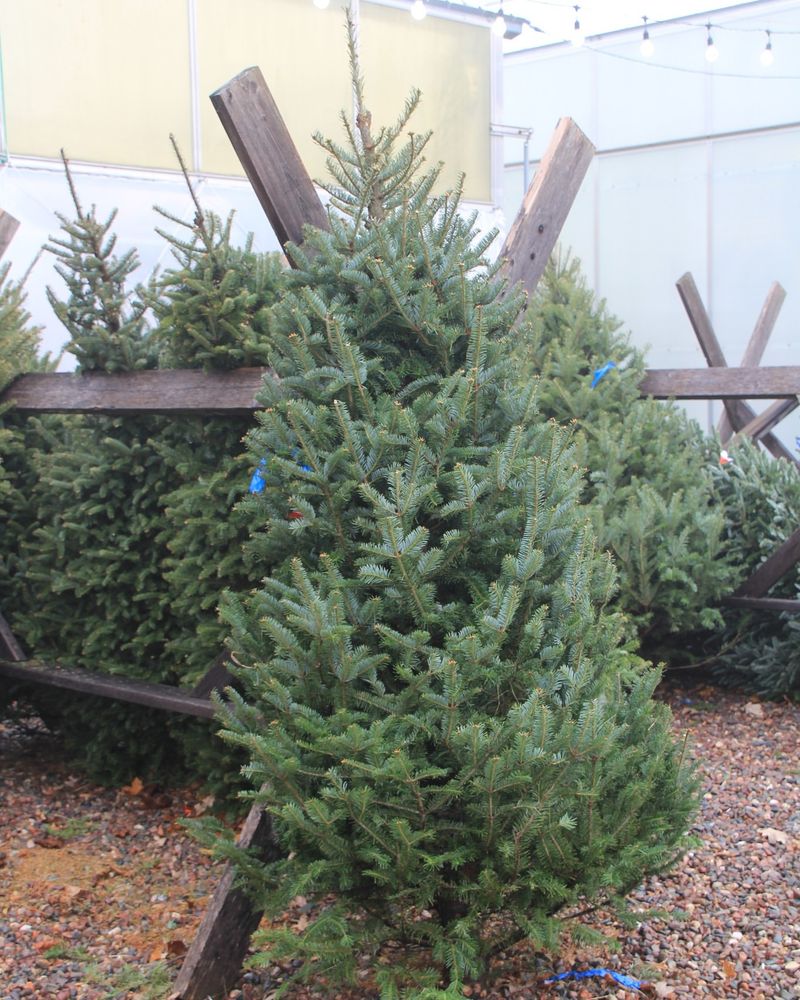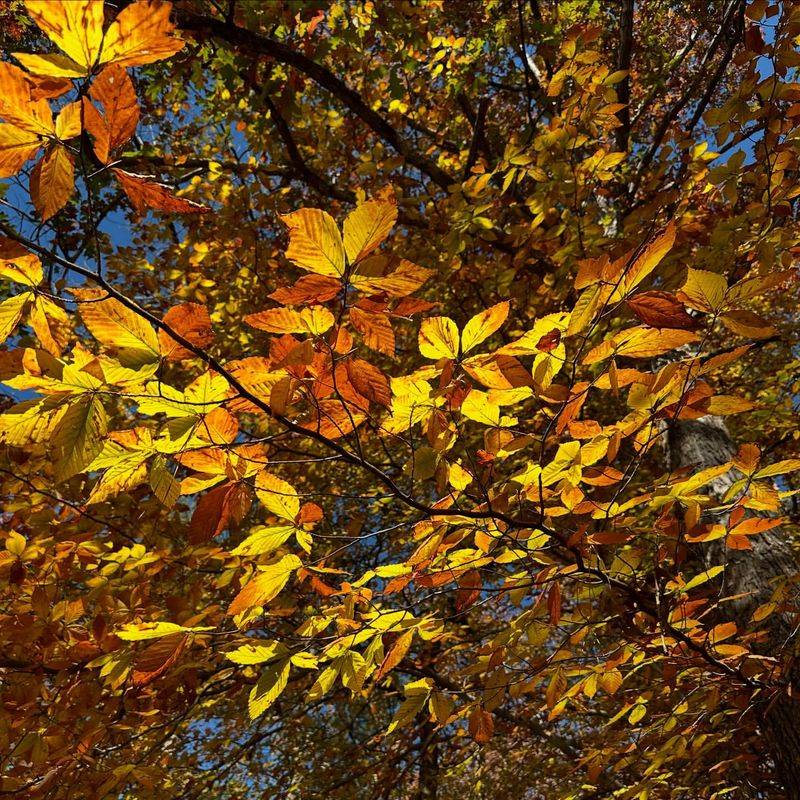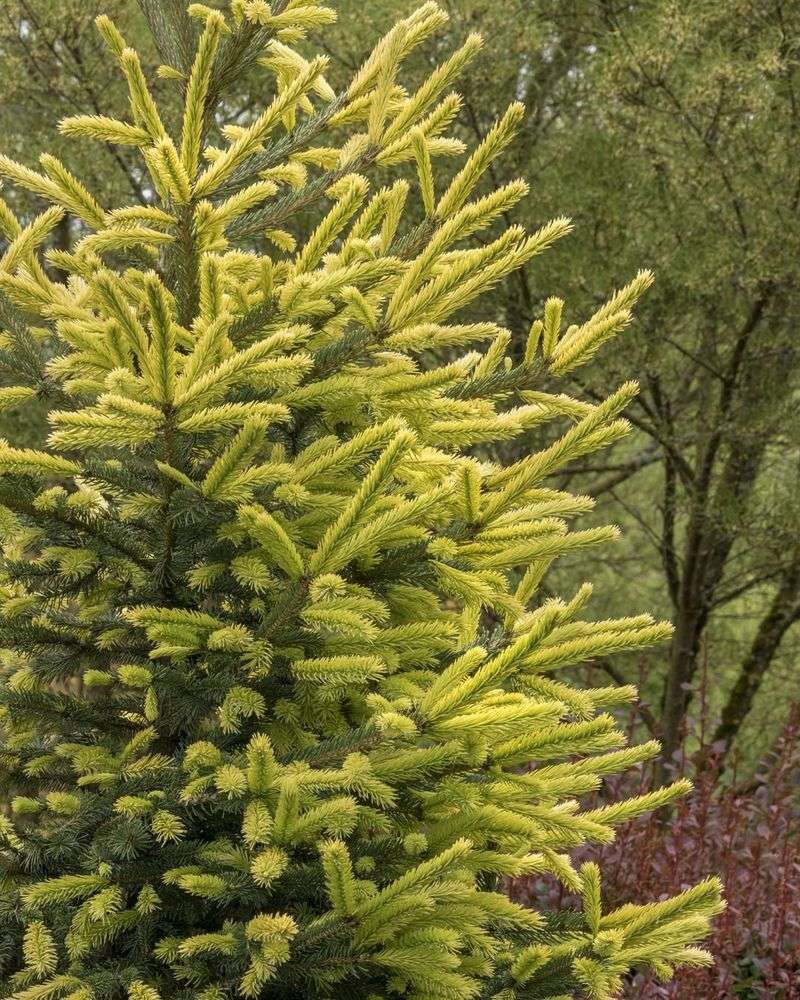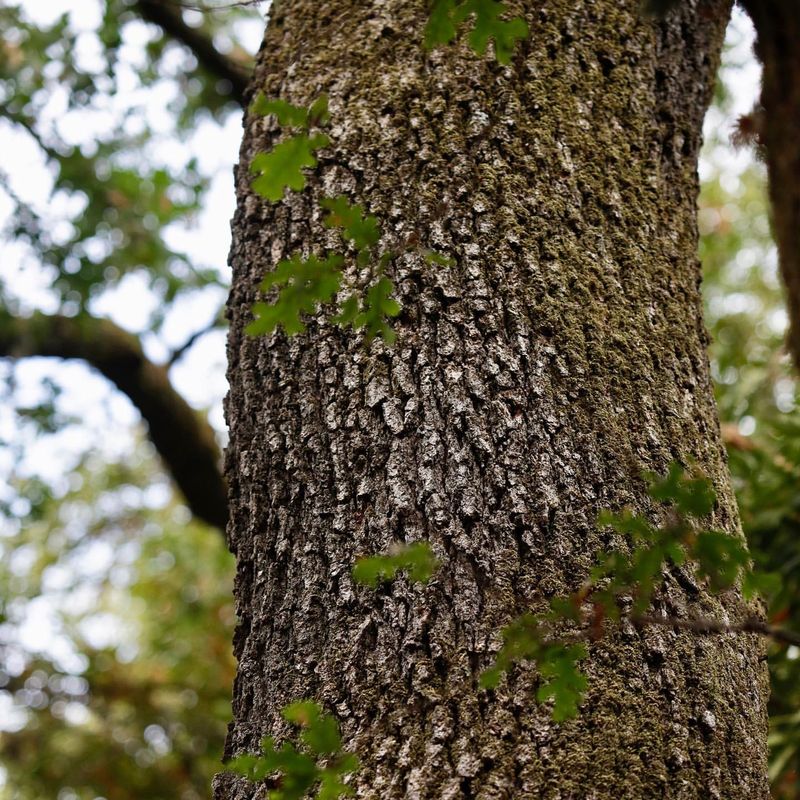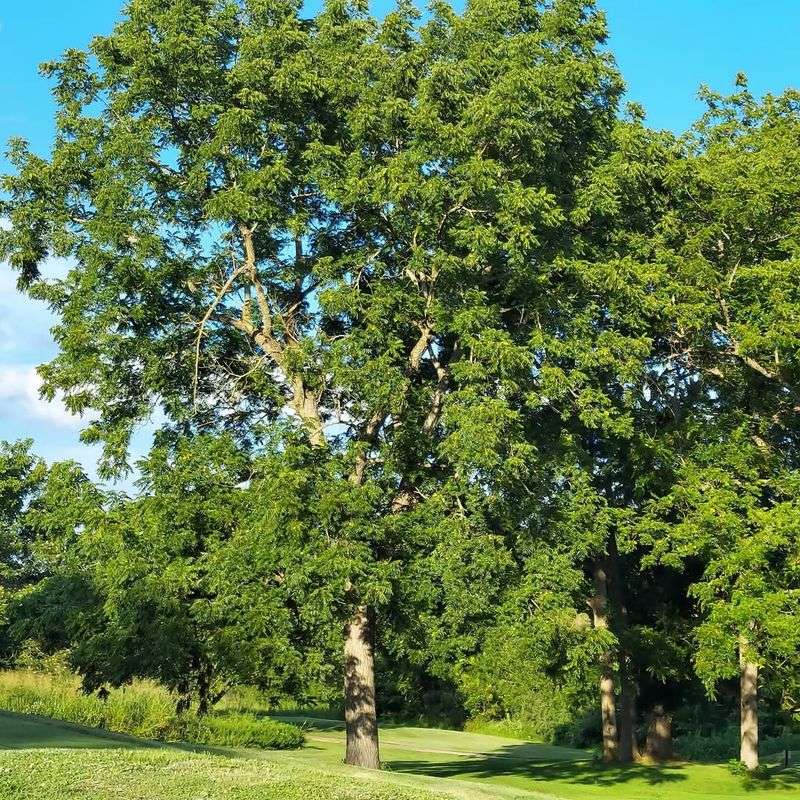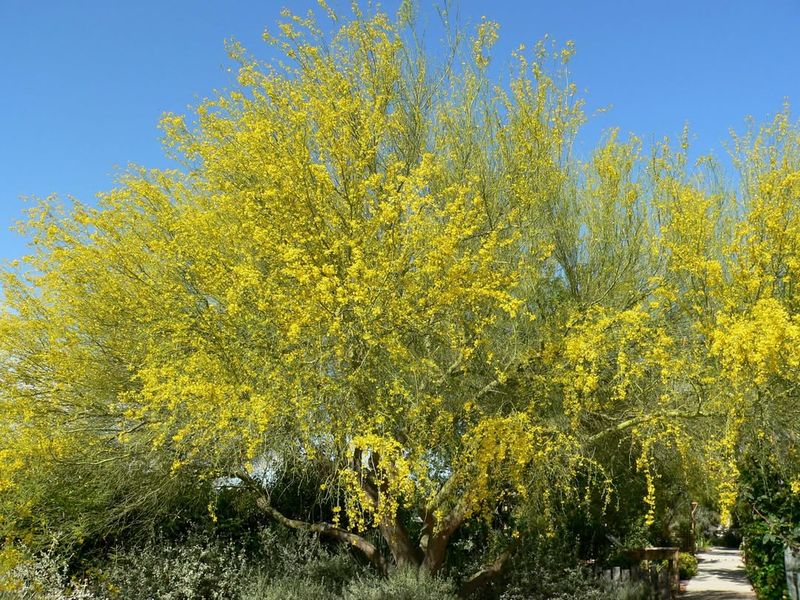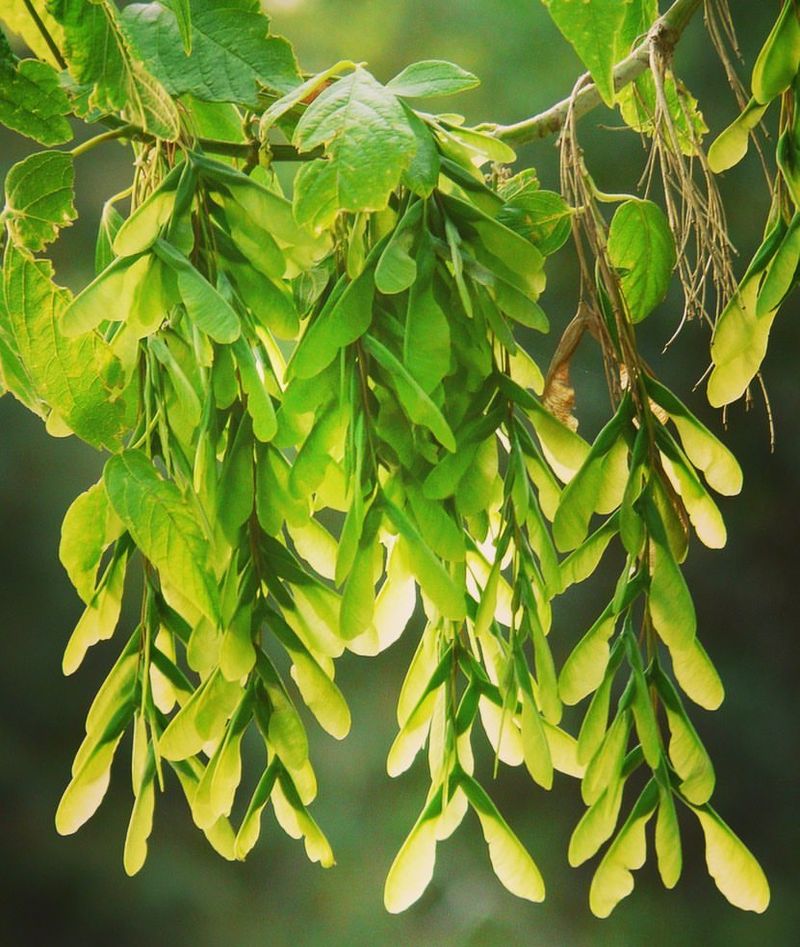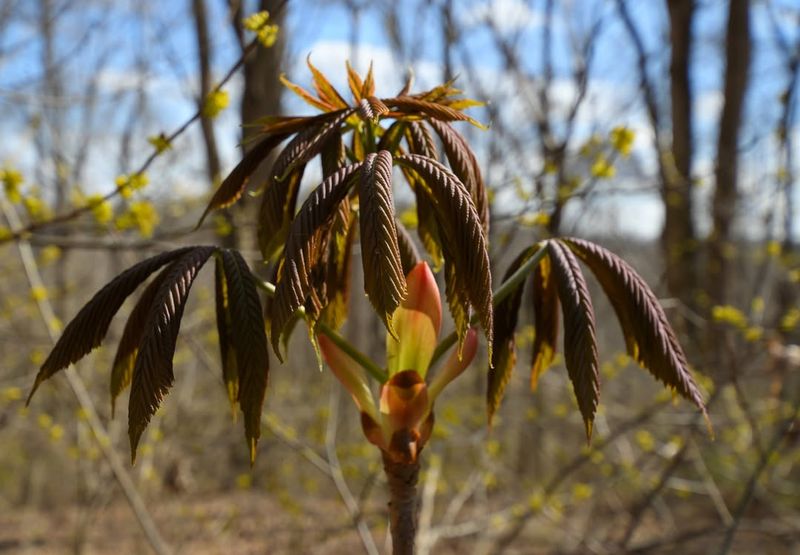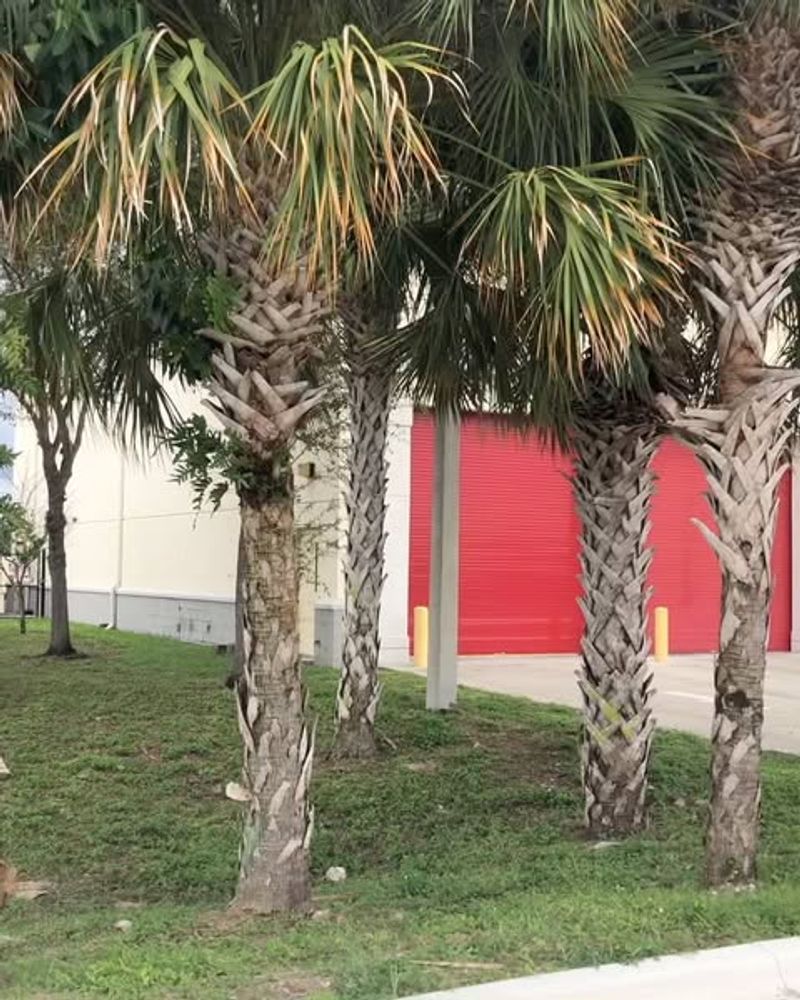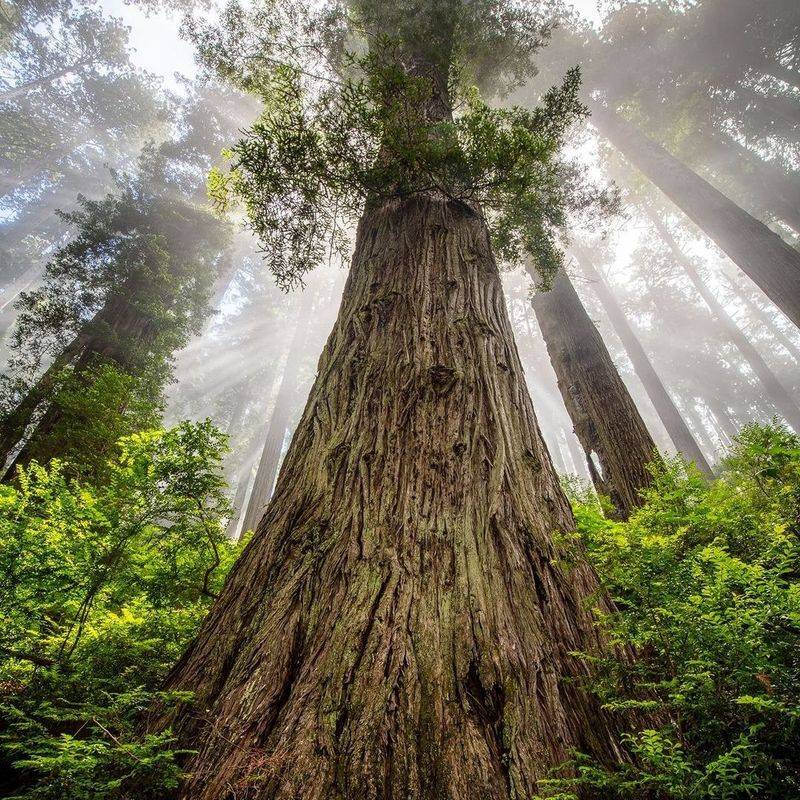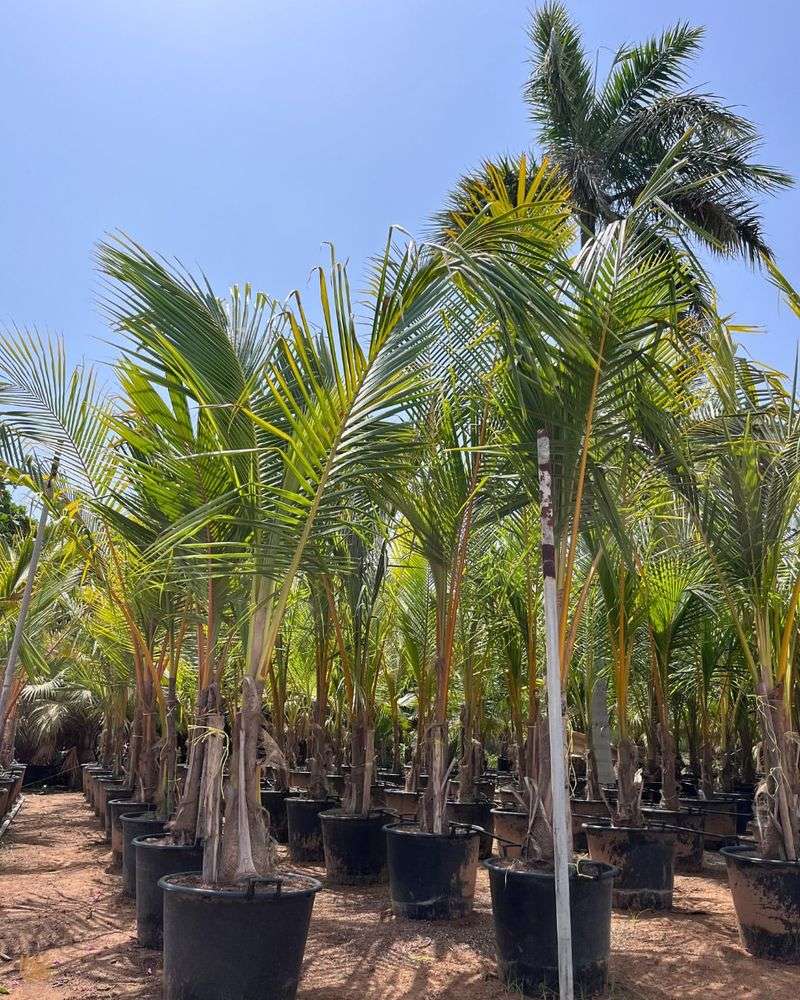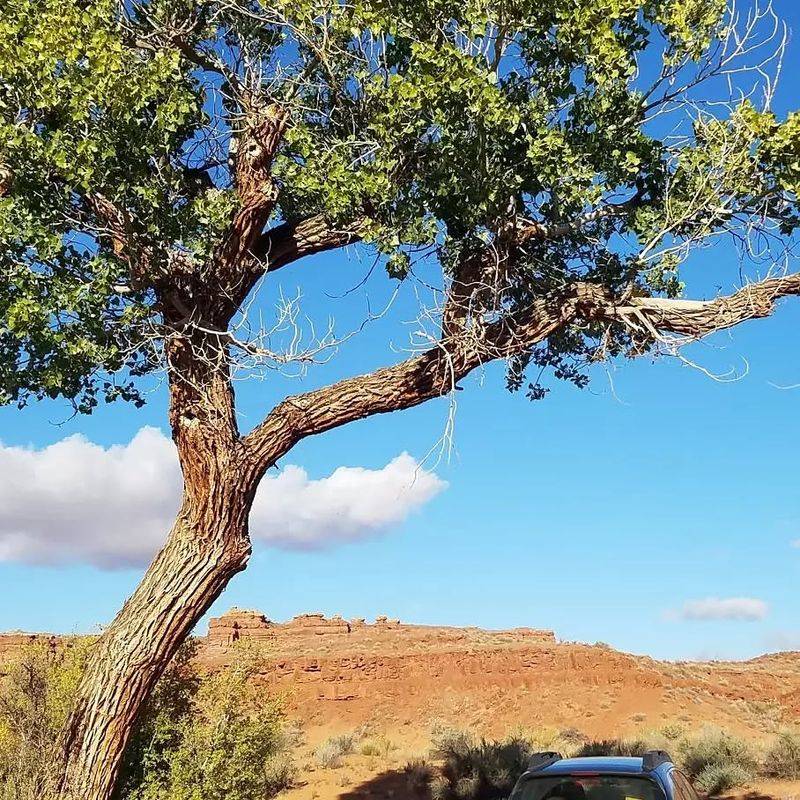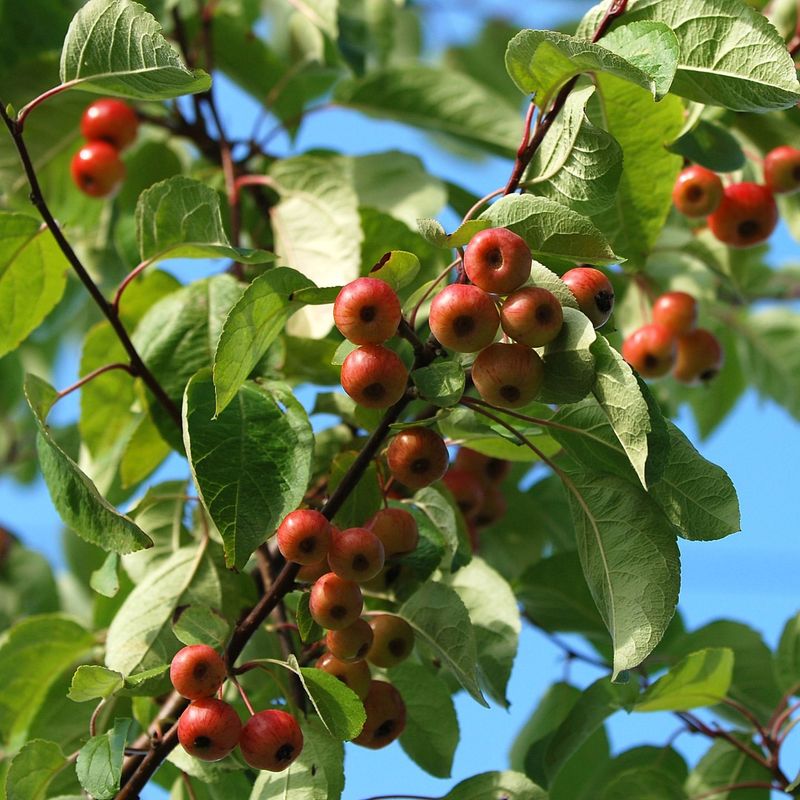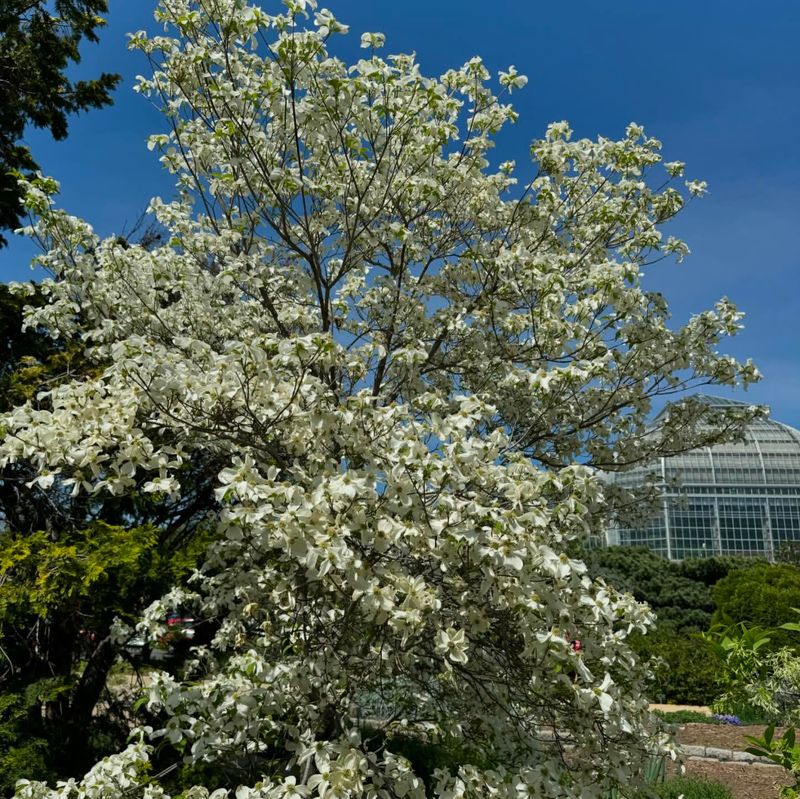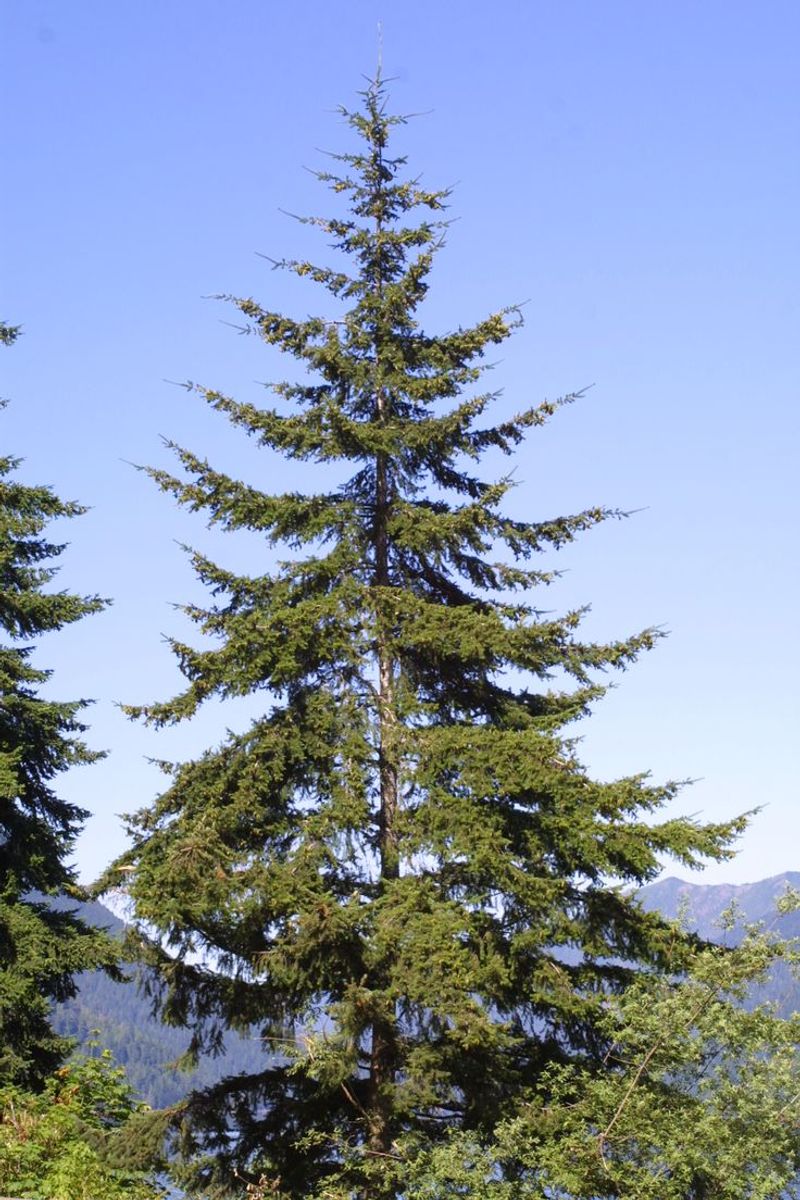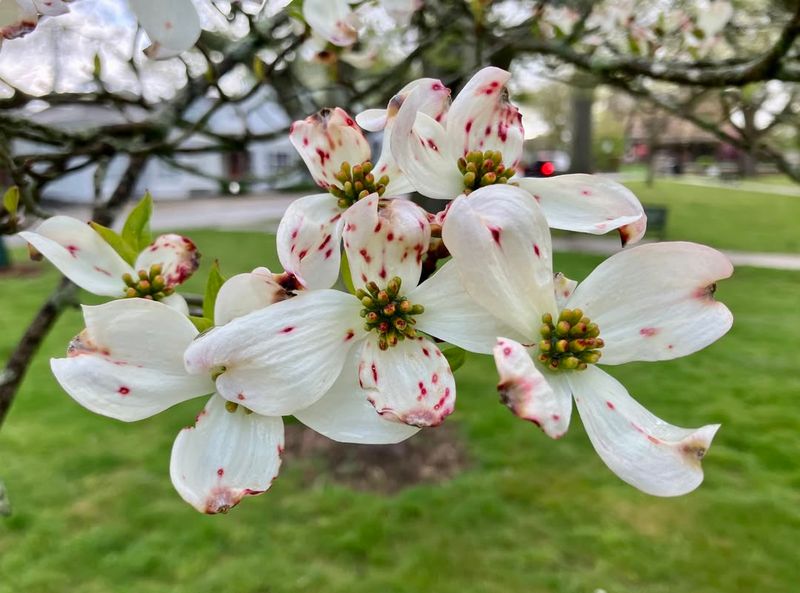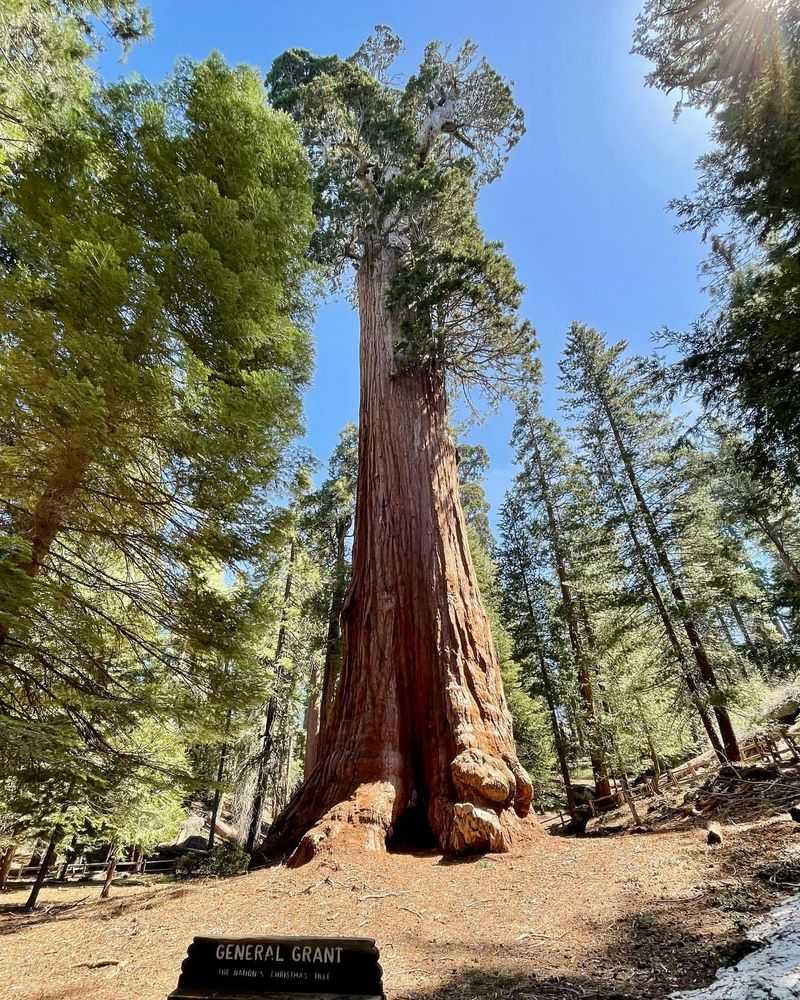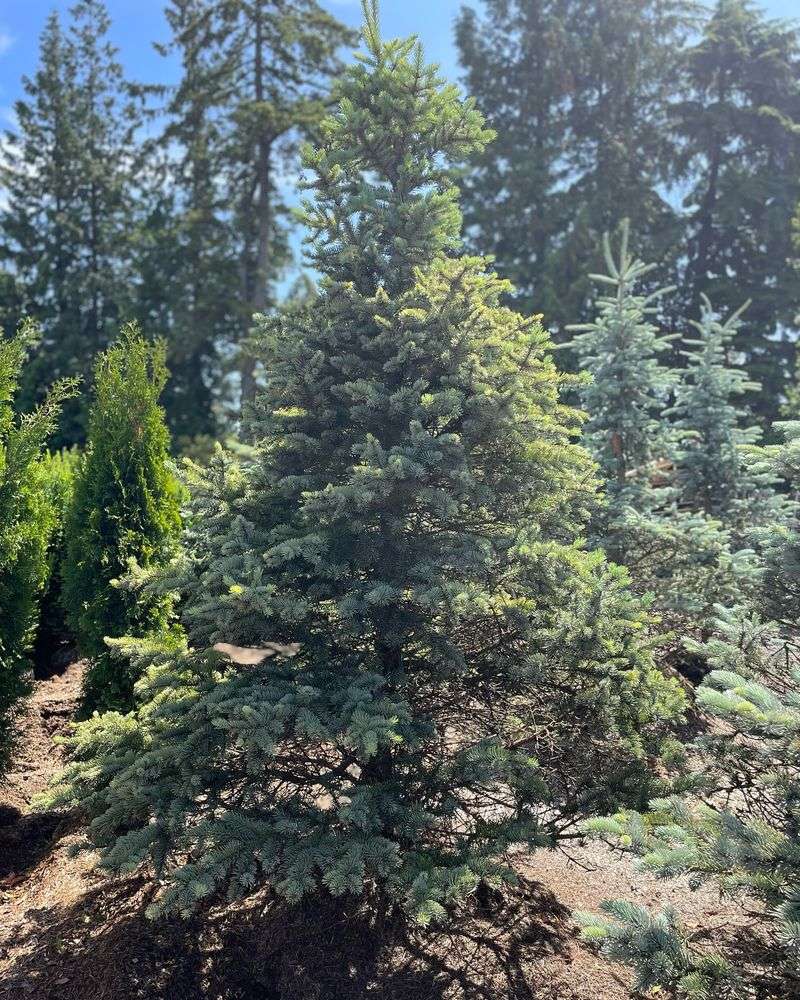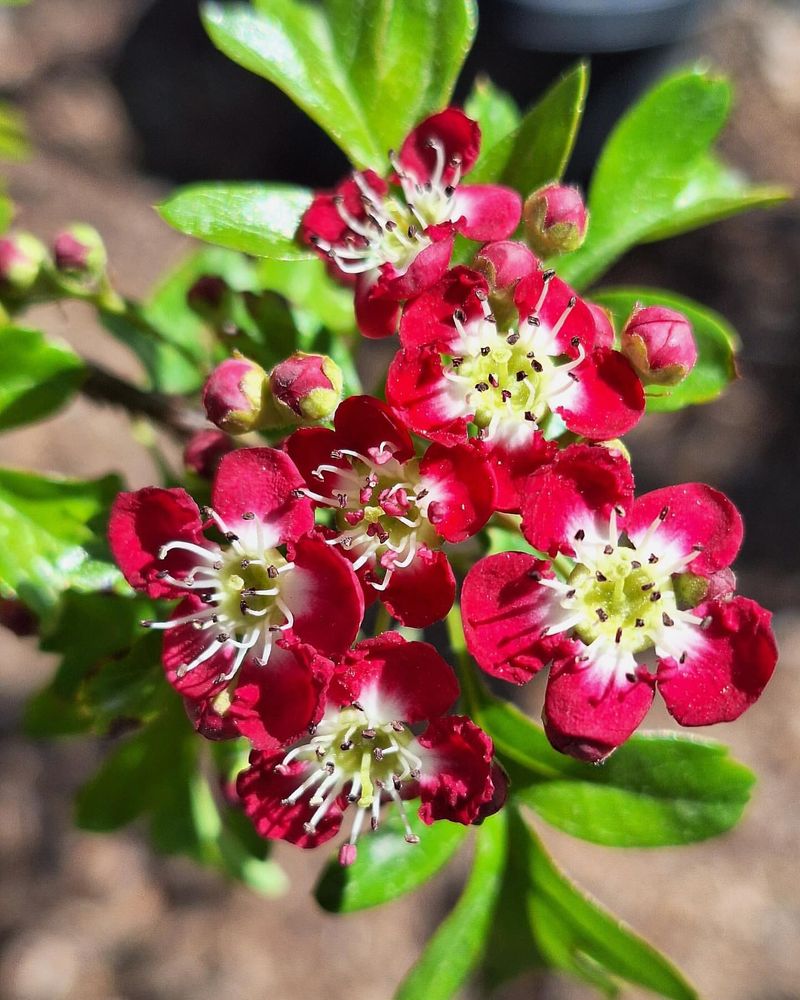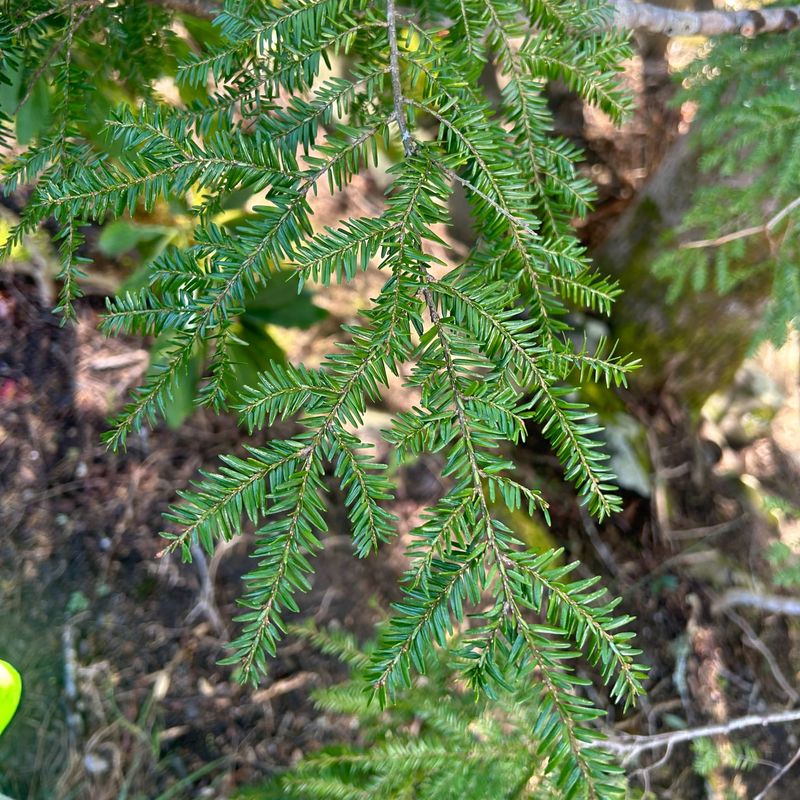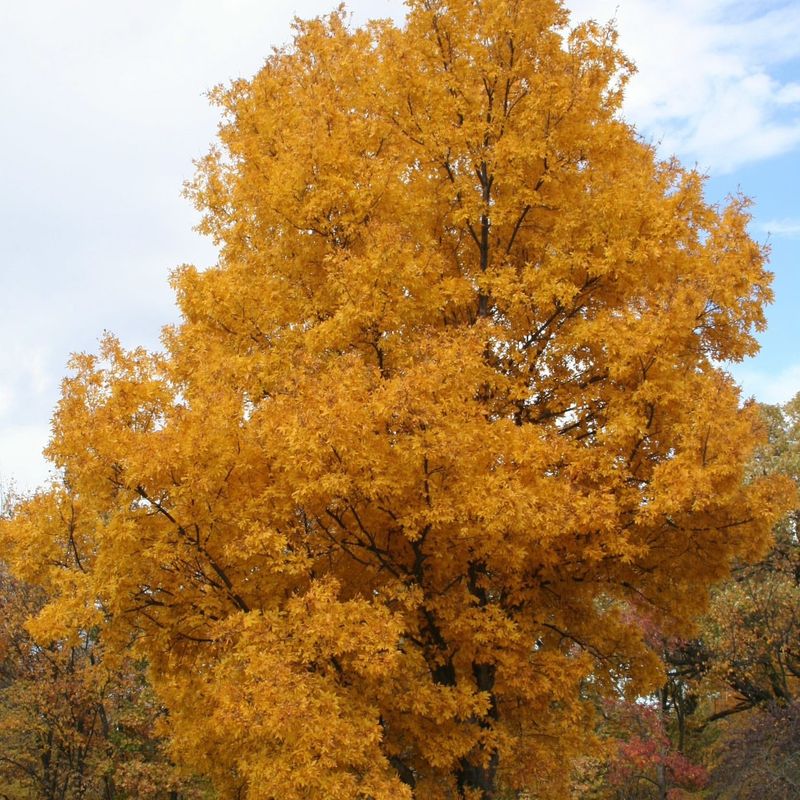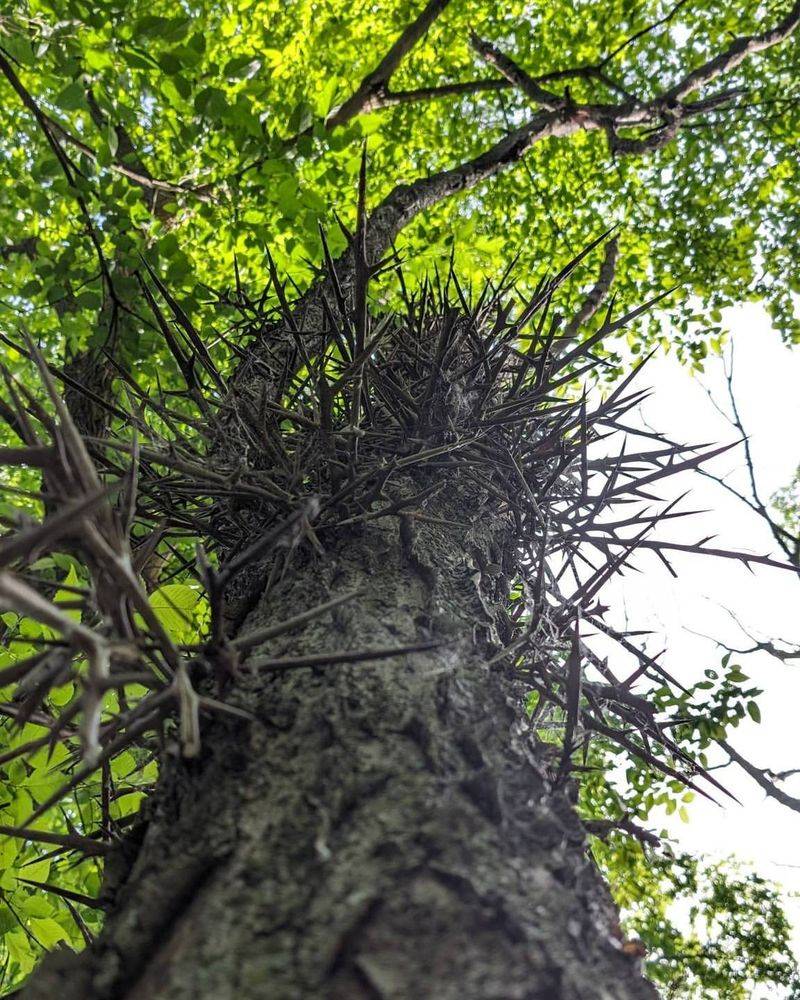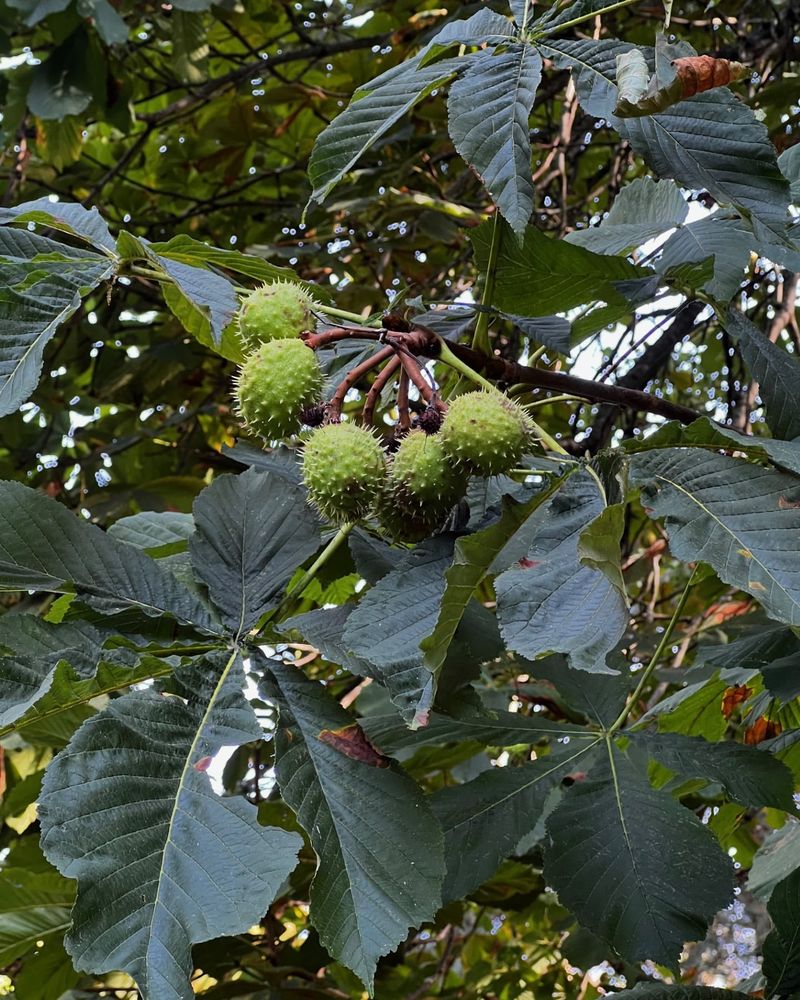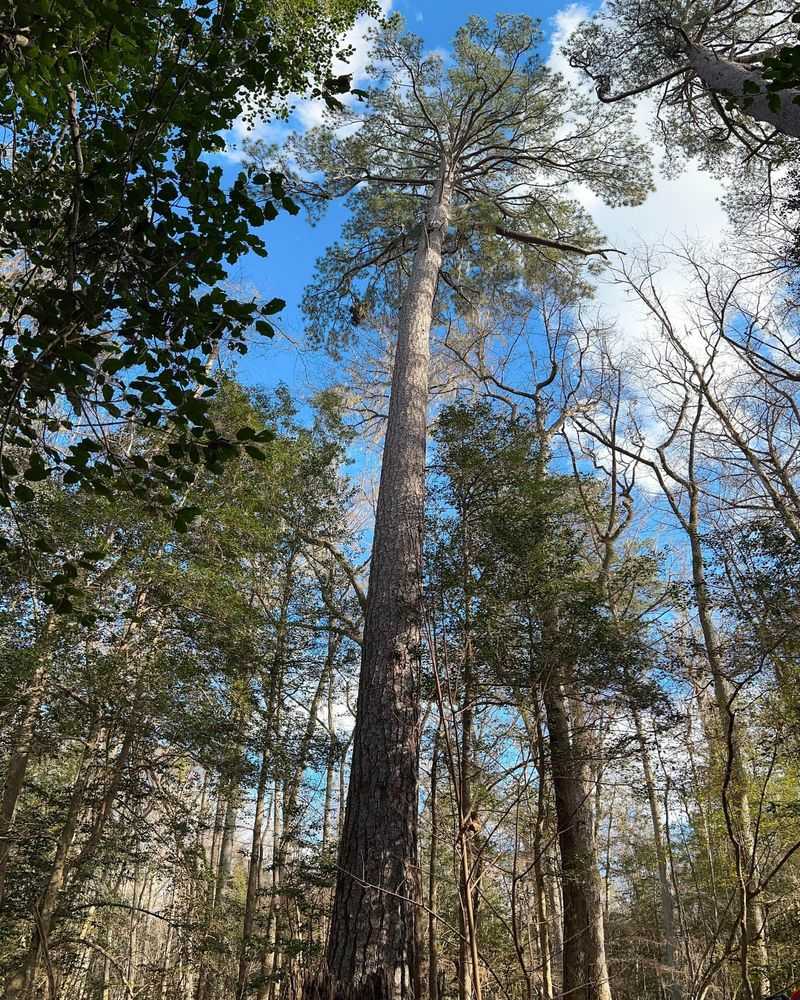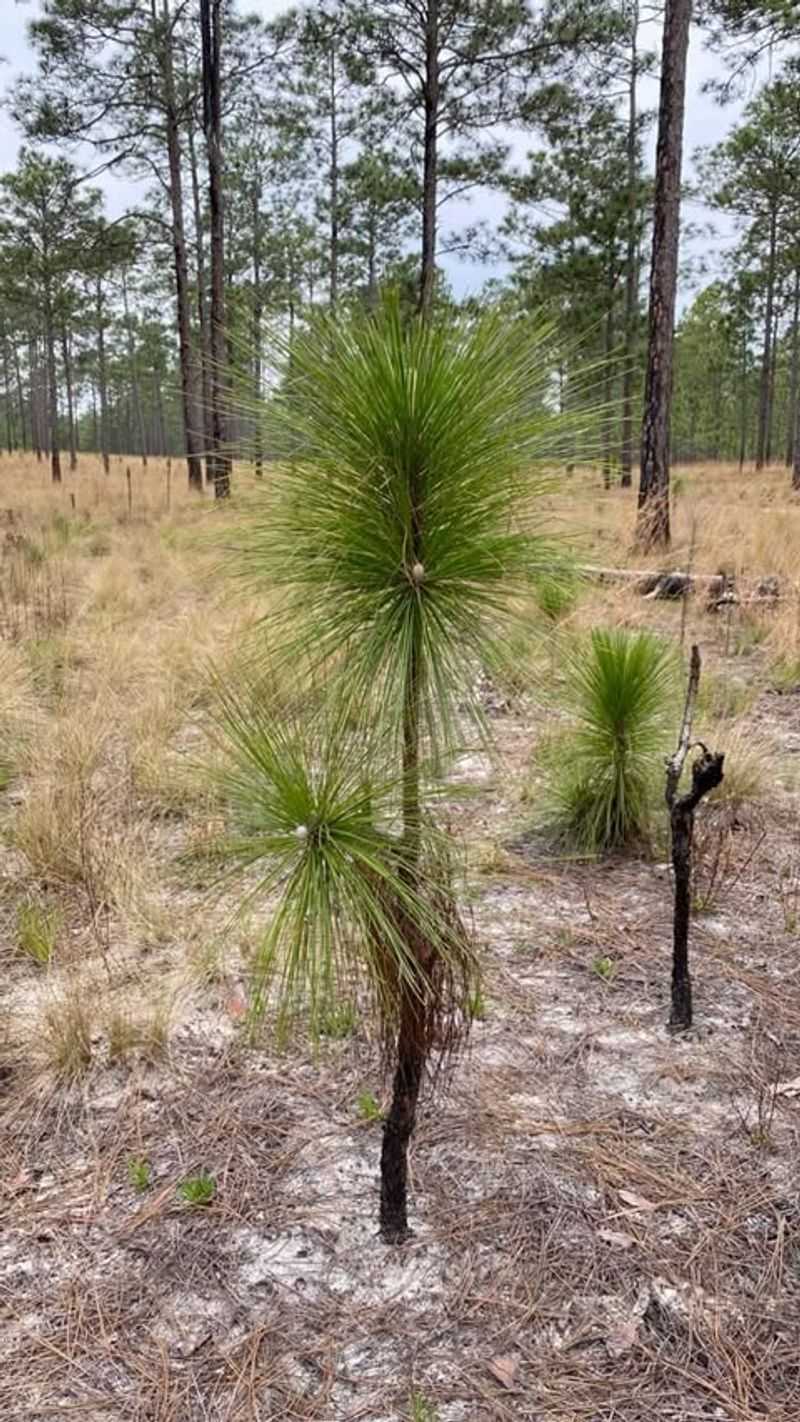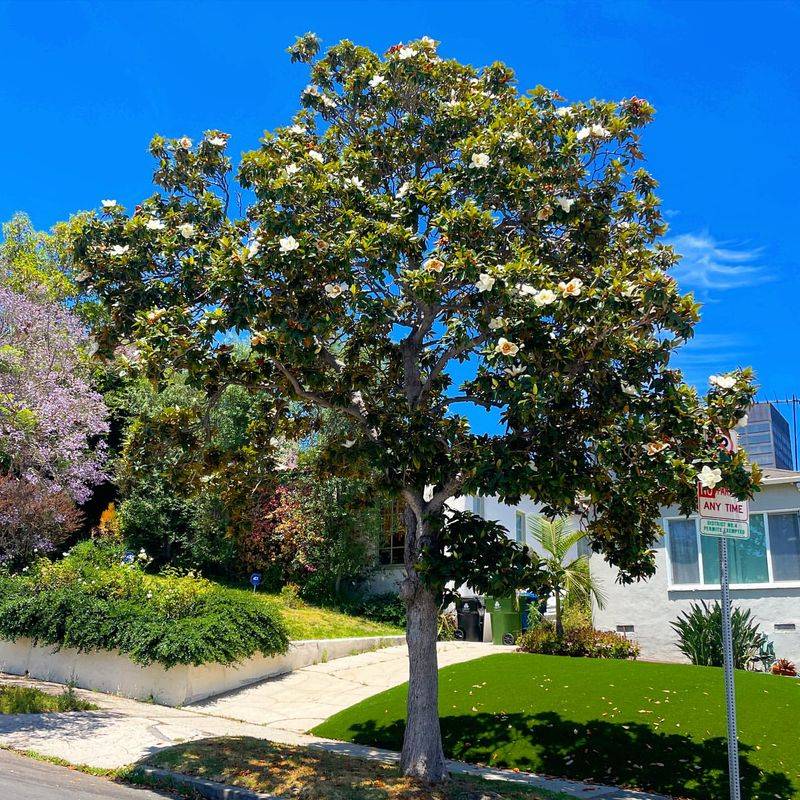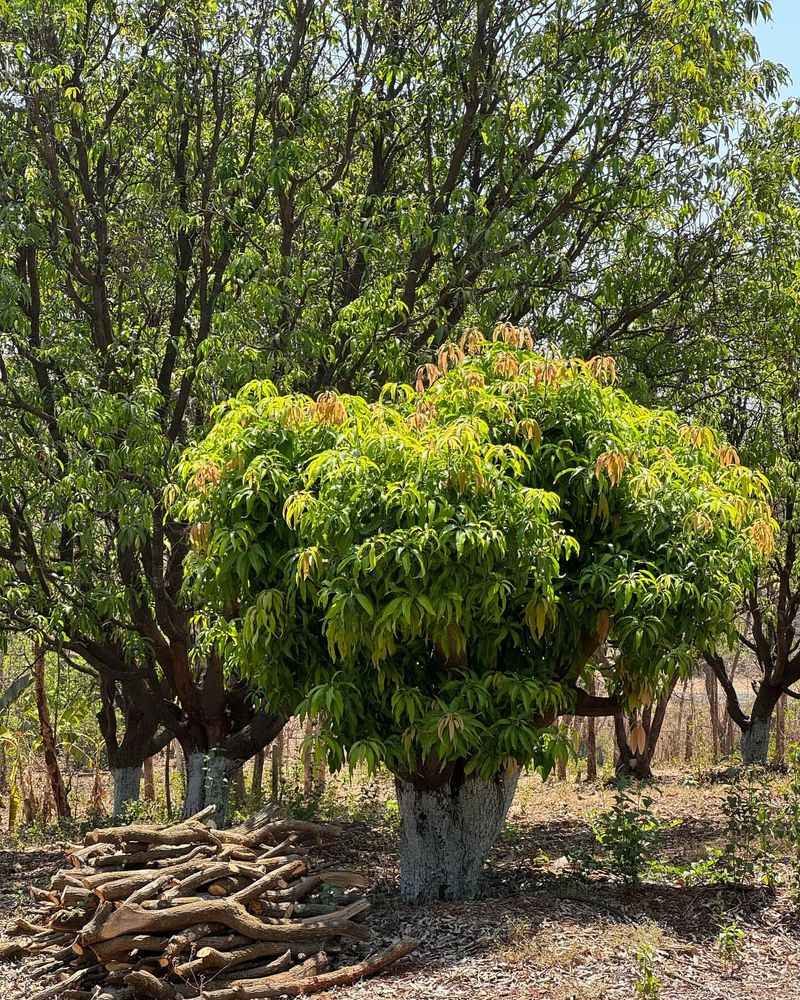Explore the captivating stories behind the official state trees of the United States. Discover how these majestic plants were chosen to represent their states and the unique historical anecdotes associated with each one. From towering pines to delicate blossoms, each state tree holds a symbolic significance that reflects the natural heritage and cultural identity of its state.
1. Eastern Hemlock
The Eastern Hemlock, chosen as the state tree of Pennsylvania in 1931, has a rich history tied to the state’s lush forests. This majestic tree, with its elegant, drooping branches, has been a silent witness to the evolution of the state’s landscape. In the 19th century, its bark was valuable for tanning leather, and its wood was widely used in construction, influencing the state’s industrial growth.
Despite facing threats from the woolly adelgid, a pest that has threatened its existence, conservation efforts are underway to preserve this iconic symbol of Pennsylvania’s natural beauty.
2. Sugar Maple
The Sugar Maple, celebrated as the state tree of New York and Vermont, is renowned for its stunning autumn foliage and its role in the production of maple syrup. This tree has played a significant part in the agricultural economy and cultural traditions of the region. Its sap is harvested every spring, a practice that dates back to Native American tribes.
The tree’s brilliant fall display draws visitors from around the world, eager to witness the breathtaking transformation. Its legacy continues to inspire and shape the cultural identity of the states it represents.
3. Live Oak
The Live Oak stands as a stately emblem of Georgia, deeply rooted in the state’s history and folklore. Revered for its strength and longevity, this tree has witnessed centuries of change, from the colonial era to the modern age. Its timber was prized for shipbuilding, playing a crucial role in naval history.
Today, the Live Oak is celebrated not only for its historical significance but for its iconic presence in Southern landscapes. Its branches, adorned with Spanish moss, create enchanting scenes that captivate both residents and visitors alike.
4. Bristlecone Pine
The Bristlecone Pine, the state tree of Nevada, is one of the oldest living organisms on Earth. These ancient trees, with their twisted and weathered appearance, endure harsh conditions in the high mountains. They have witnessed millennia of history, from the rise and fall of civilizations to climatic changes.
Their resilience and longevity inspire awe and admiration, symbolizing endurance and survival. The Bristlecone Pine continues to thrive in its rugged environment, standing as a testament to the enduring spirit of Nevada and its natural wonders.
5. Bald Cypress
Louisiana proudly honors the Bald Cypress as its state tree, a symbol of strength and resilience amidst the bayous and wetlands. This tree thrives in swampy conditions, with its towering trunk and distinctive “knees” protruding from the water.
Historically, the Bald Cypress was vital to the state’s economy, its wood prized for its durability and resistance to decay. It remains an integral part of Louisiana’s landscape, providing habitat for diverse wildlife and contributing to the mystique of the state’s natural environment.
6. Sycamore
The Sycamore, Illinois’s state tree, is known for its impressive size and distinctive bark that peels away in patches. With roots reaching deep into American history, this tree has stood tall in forests and towns since colonial times.
Its grandeur and adaptability make it a beloved symbol of strength and resilience. Often found along riverbanks, the Sycamore provides shade and shelter to countless species, making it an essential component of its ecosystem. This steadfast tree continues to inspire the people of Illinois with its enduring presence.
7. Palmetto
South Carolina proudly displays the Sabal Palmetto on its state flag and seals, a testament to its significance in the state’s history and identity. The Palmetto was instrumental during the Revolutionary War; its soft trunks absorbed cannon fire, aiding in the defense of Fort Moultrie.
This resilient tree thrives in coastal environments, symbolizing the enduring spirit and rich heritage of South Carolina. Its iconic silhouette graces the state’s landscapes, evoking images of warm beaches and southern charm.
8. Western Hemlock
The Western Hemlock, Washington State’s majestic symbol, thrives in the verdant rainforests of the Pacific Northwest. Known for its gracefully drooping branches, this tree plays a vital role in the region’s ecosystem, supporting diverse wildlife and maintaining forest health.
Historically, the Western Hemlock has been a cornerstone of the state’s timber industry, its wood valued for its strength and utility. Today, it stands as a reminder of Washington’s natural beauty and the delicate balance of its forested landscapes.
9. Southern Magnolia
Mississippi’s state tree, the Southern Magnolia, is a symbol of grace and beauty. Known for its striking, fragrant blooms and lustrous leaves, this tree embodies the charm of the southern United States.
Its historical significance dates back to early settlers who admired its elegant appearance and utilized its wood for furniture-making. The Magnolia remains an iconic feature of Mississippi’s landscapes, celebrated for its resilience and timeless beauty, as it continues to enchant all who encounter its blossoms.
10. Ponderosa Pine
The Ponderosa Pine, Montana’s state tree, is a towering giant that dominates the state’s mountainous landscapes. Known for its tall, straight trunk and distinctive orange-brown bark, it has been a mainstay of the state’s timber industry.
Pioneers relied on its sturdy wood for building and railroad ties, shaping the development of the region. Today, the Ponderosa Pine stands as a symbol of strength and resilience, representing Montana’s rugged beauty and frontier spirit.
11. Red Maple
The Red Maple, Rhode Island’s state tree, is celebrated for its vibrant fall colors and adaptability. This tree’s stunning display of red and orange leaves signals the arrival of autumn, drawing admirers from near and far.
Historically, the Red Maple has been valued for its wood and ornamental beauty, playing a role in the state’s cultural and natural heritage. Its presence in Rhode Island’s forests and landscapes symbolizes the changing seasons and the enduring beauty of nature.
12. Tulip Poplar
Indiana’s state tree, the Tulip Poplar, is known for its tall stature and distinctive, tulip-shaped flowers. This tree has been a part of the region’s history since pioneer times when its strong, straight wood was used for building cabins and barns.
In spring, its vibrant flowers add a splash of color to the landscape. The Tulip Poplar’s enduring presence and historical significance make it a beloved symbol of Indiana’s natural and cultural heritage.
13. Blue Spruce
The Blue Spruce, Colorado’s state tree, is admired for its striking appearance and resilience. With silvery-blue needles and a pyramid shape, it thrives in the rugged Rocky Mountains, symbolizing the state’s natural beauty and strength.
Historically, the Blue Spruce has been used in landscaping and as a Christmas tree, cherished for its aesthetic appeal. Its enduring presence in Colorado’s landscapes reflects the spirit of the state and its appreciation for the natural world.
14. Eastern White Pine
The Eastern White Pine, designated as the state tree of Maine, is a symbol of strength and endurance. Historically, its towering presence was a beacon for early settlers, and its wood was highly prized for shipbuilding and construction.
This tree’s importance to the state’s economy and culture is undeniable, as it played a crucial role in the lumber industry. Today, the Eastern White Pine continues to be revered for its natural beauty and historical significance, representing the spirit of Maine.
15. Eastern Redbud
Oklahoma celebrates the Eastern Redbud as its state tree, admired for its stunning spring display of pink blossoms. This tree adds a burst of color to the landscape, signaling the arrival of spring and delighting all who behold its beauty.
Its historical significance is deeply rooted in Native American culture, where it was used for crafting and medicine. The Eastern Redbud’s vibrant presence and cultural relevance make it a cherished symbol of Oklahoma’s natural beauty and heritage.
16. White Oak
The White Oak, Illinois’s state tree, is a symbol of strength and endurance. Known for its massive trunk and sprawling branches, it has been a vital part of the state’s forests and ecosystems for centuries.
Historically, its wood was highly valued for construction and shipbuilding, playing a significant role in the development of the region. The White Oak’s enduring presence in Illinois’s landscapes reflects the state’s rich natural heritage and the importance of conservation efforts to preserve these majestic trees.
17. White Pine
The Eastern White Pine, designated as the state tree of Michigan, is a towering symbol of the state’s natural beauty. Its straight, tall trunk and soft, long needles have made it a favorite for logging and construction, shaping the state’s economic history.
This majestic tree is a reminder of the dense forests that once covered Michigan, and its continued presence is a testament to conservation efforts. The White Pine remains an iconic part of the state’s identity, representing both its past and its commitment to preserving its natural landscapes.
18. American Beech
The American Beech, a symbol of resilience and grace, is celebrated for its smooth, gray bark and vibrant autumn foliage. Found throughout the eastern United States, this majestic tree has been a part of the landscape for centuries.
Its strong wood was historically used for furniture and tools, highlighting its importance in early American industry. The American Beech continues to be cherished for its beauty and ecological significance, providing habitat for wildlife and enriching the forests with its commanding presence.
19. American Elm
The American Elm, once the majestic guardian of many a street and park, symbolizes strength and resilience in the face of adversity. This tree, with its elegant arching branches, was a favorite for urban landscaping, providing shade and grace to bustling cities.
Despite being ravaged by Dutch elm disease in the 20th century, efforts to restore and protect the American Elm have shown promise. Today, it stands as a testament to the resilience of nature, a beloved emblem of the landscapes it graces.
20. American Holly
The American Holly, with its glossy green leaves and vibrant red berries, is a festive symbol of the holiday season. This evergreen tree, native to the eastern United States, adds a touch of cheer to winter landscapes.
Historically, the American Holly was used by Native Americans and early settlers for medicinal purposes and as decoration. Its enduring popularity, especially during Christmas, has cemented its place in American cultural traditions.
21. American Linden
The American Linden, also known as the Basswood, is renowned for its fragrant flowers and heart-shaped leaves. This stately tree has been a part of North American landscapes for centuries, valued for its wood and honey-producing flowers.
Its wood, known for its lightness and softness, was used by Native Americans for carving and crafting. The American Linden continues to grace parks and gardens, celebrated for its beauty and ecological importance as a pollinator haven.
22. American Plane
The American Plane, commonly known as the Sycamore, is a towering presence in urban and rural landscapes alike. Its distinctive mottled bark and broad leaves make it a striking sight, appreciated for its resilience and adaptability.
Historically, the American Plane has been used for shade and ornamental purposes, thriving in a variety of environments. Its enduring presence in towns and cities across the continent symbolizes resilience and the ability to thrive amidst challenges, much like the communities it shades.
23. American Sycamore
The American Sycamore, with its grand stature and distinctive peeling bark, is a landmark in eastern forests. Revered for centuries, it has stood as a witness to the changing landscapes of America.
Its wood has been historically used for utilitarian purposes, from furniture to butcher blocks. The American Sycamore’s enduring presence by riverbanks and in woodlands makes it a cherished part of the natural environment, valued for both its ecological importance and its aesthetic appeal.
24. Balsam Fir
The Balsam Fir, celebrated for its fragrant needles and perfect cone shape, is a favorite for Christmas trees. This evergreen, native to the northern United States, exudes a festive aroma that signals the holiday season.
Historically, the Balsam Fir has been used for medicinal purposes, its resin known for its healing properties. As a symbol of endurance and beauty, it continues to be cherished in homes and forests alike, embodying the spirit of winter and the joy of tradition.
25. Beech
The Beech tree, with its distinctive smooth, gray bark and golden autumn foliage, is a symbol of wisdom and tranquility. Found across the temperate regions of the northern hemisphere, it has been revered for its beauty and longevity.
Historically, Beech wood was used in the production of tools and furniture, valued for its strength and versatility. Today, the Beech remains a beloved part of the landscape, providing habitat for wildlife and a sense of peace to all who seek its shade.
26. Black Hills Spruce
The Black Hills Spruce, native to South Dakota, is celebrated for its dense, dark green foliage and conical shape. This resilient tree thrives in the rugged conditions of the Black Hills, a symbol of the region’s natural beauty and strength.
Historically, the Black Hills Spruce has been valued for ornamental purposes, its aesthetic appeal making it a favorite for landscaping. Its enduring presence in the landscape reflects the spirit of the region, embodying resilience and natural elegance.
27. Black Oak
The Black Oak, known for its rugged bark and vibrant fall foliage, is a striking presence in American forests. This hardy tree, with its deep roots and broad canopy, has played a vital role in the ecology of its native regions.
Its wood has been historically valued for its strength and durability, used in construction and furniture-making. The Black Oak’s vibrant autumn display adds a burst of color to the landscape, symbolizing the enduring beauty and resilience of nature.
28. Black Walnut
The Black Walnut, revered for its rich wood and nutritious nuts, is a treasure of the American landscape. This majestic tree, with its robust trunk and wide canopy, has been a part of the region’s ecology and economy for centuries.
Its wood, prized for its beauty and strength, has been used in fine furniture and cabinetry. The Black Walnut continues to be cherished for its economic and ecological value, providing habitat for wildlife and contributing to the diversity of the landscape.
29. Blue Palo Verde
The Blue Palo Verde, Arizona’s state tree, stands as a vibrant beacon in the arid desert. Known for its striking yellow flowers, this tree is deeply rooted in the state’s cultural and natural heritage.
Historically, the Blue Palo Verde has been used by Native American tribes for food and crafting materials. Its ability to thrive in harsh conditions symbolizes resilience and adaptability, making it a cherished emblem of Arizona’s unique desert environment.
30. Box Elder
The Box Elder, also known as the Ash-leaved Maple, is a hardy and adaptable tree found throughout North America. With its compound leaves and clusters of greenish-yellow flowers, it thrives in a variety of environments, from urban areas to riverbanks.
Historically, the Box Elder was used by Native American tribes for crafting and as a food source. Its resilience and versatility make it a valued part of the landscape, symbolizing adaptability and the enduring beauty of nature.
31. Buckeye
The Buckeye, Ohio’s state tree, is known for its distinctive nuts and palmate leaves. This tree has played a significant role in the state’s identity, its name synonymous with Ohio pride.
Historically, the Buckeye was used by Native Americans for medicinal purposes, and its nuts are considered a symbol of good luck. The tree’s vibrant presence in Ohio’s landscapes reflects the state’s rich natural heritage and the enduring spirit of its people.
32. Cabbage Palm
The Cabbage Palm, Florida’s state tree, is a symbol of resilience and coastal beauty. This palm thrives in sandy soils and coastal environments, gracing the state’s landscapes with its iconic silhouette.
Historically, the Cabbage Palm was used by Native Americans for food and shelter, its fronds woven into baskets and roofs. Its enduring presence in Florida’s landscapes represents the natural beauty and cultural heritage of the state, a beloved emblem of sunshine and tropical charm.
33. California Redwood
The California Redwood, a symbol of grandeur and ancient majesty, is among the tallest trees in the world. Found in the temperate forests of California, these giants have stood for millennia, witnessing the passage of time with silent grace.
Historically, their wood was prized for its durability and beauty, playing a significant role in the state’s economy. The California Redwood is a testament to the wonder of nature, inspiring awe and reverence with its towering presence and enduring strength.
34. Coconut Palm
The Coconut Palm, synonymous with tropical paradise, is a symbol of relaxation and abundance. Found along coastlines worldwide, its graceful fronds sway in the gentle breeze, offering shade and sustenance.
Historically, the Coconut Palm has been vital to cultures in tropical regions, providing food, shelter, and materials for crafting. Its presence on beaches and islands continues to evoke images of serenity and escape, a beloved symbol of island life and tropical beauty.
35. Cottonwood
The Cottonwood, with its heart-shaped leaves and fluffy white seeds, is a symbol of resilience and adaptability. Found along riverbanks and in wetlands, this tree has played a significant role in the ecology of its native regions.
Historically, the Cottonwood was valued for its fast-growing wood and shade, providing relief from the summer sun. Its enduring presence in the landscape reflects the resilience of nature, and its contribution to the environment is cherished by communities across the continent.
36. Crab Apple
The Crab Apple, with its beautiful blossoms and tart fruit, is a cherished symbol of spring. Found in orchards and gardens, this tree adds a splash of color and fragrance to the landscape.
Historically, the Crab Apple was used for its fruit and ornamental beauty, playing a role in the culinary and cultural traditions of many regions. Its presence in gardens and parks continues to delight, a testament to the enduring appeal of its vibrant blooms and flavorful fruit.
37. Dogwood
The Dogwood, with its delicate white flowers and graceful branches, is a beloved symbol of spring. Found throughout the temperate regions of North America, this tree is celebrated for its beauty and cultural significance.
Historically, the Dogwood was used by Native Americans for medicinal purposes, and its wood was prized for its strength. Its iconic blossoms herald the arrival of spring, a time of renewal and hope, making it a cherished part of gardens and forests alike.
38. Douglas Fir
The Douglas Fir, a symbol of strength and endurance, is a towering presence in the forests of the Pacific Northwest. Known for its dense, dark green foliage and straight trunk, this tree has been a mainstay of the timber industry.
Historically, its wood was prized for its strength and versatility, used in construction and shipbuilding. The Douglas Fir continues to be a vital part of the region’s ecosystems, providing habitat and beauty, and symbolizing the rugged spirit of the landscapes it inhabits.
39. Flowering Dogwood
The Flowering Dogwood, with its stunning pink and white blooms, is a beloved symbol of beauty and grace. This tree, native to the eastern United States, captivates with its ornamental charm and vibrant spring display.
Historically, the Flowering Dogwood was used for its wood and medicinal properties, valued by Native Americans and early settlers. Its blossoms herald the arrival of spring, bringing joy and color to gardens and forests, and symbolizing renewal and hope.
40. Giant Sequoia
The Giant Sequoia, a symbol of ancient majesty and endurance, is one of the largest trees on Earth. Found in the Sierra Nevada mountains of California, these giants have witnessed millennia of history.
Historically, their wood was used for construction, but conservation efforts have since prioritized their protection. The Giant Sequoia continues to inspire awe and wonder with its towering presence and ancient legacy, a testament to the enduring power of nature.
41. Golden Spruce
The Golden Spruce, a rare and mystical presence in the forests of British Columbia, captivates with its unique, golden-hued needles. This tree is a natural anomaly, celebrated for its beauty and the legends surrounding it.
Historically, the Golden Spruce was revered by indigenous peoples and inspired stories of wonder and magic. Its uniqueness continues to captivate botanists and nature enthusiasts alike, symbolizing mystery and the extraordinary diversity of the natural world.
42. Hawthorn
The Hawthorn, with its clusters of white flowers and bright red berries, is a symbol of spring and renewal. Found throughout temperate regions, this tree is celebrated for its beauty and medicinal properties.
Historically, the Hawthorn has been used in traditional medicine and as a decorative element in gardens and landscapes. Its vibrant blossoms and berries add color and life to the environment, making it a cherished part of the natural world, symbolizing health and well-being.
43. Hemlock
The Hemlock, with its dark green foliage and graceful branches, is a symbol of strength and beauty in the forests of North America. This tree has played a vital role in the ecology of its native regions, providing habitat and shade.
Historically, the Hemlock was used for its wood and bark, valued for construction and tanning. Its presence in forests and landscapes is cherished for its beauty and ecological significance, symbolizing the richness and diversity of nature.
44. Hickory
The Hickory, with its sturdy trunk and clusters of nuts, is a symbol of strength and resilience. Found throughout eastern North America, this tree has played a vital role in the region’s ecology and culture.
Historically, Hickory wood was used for tools and furniture, valued for its strength and durability. Its nuts were a food source for Native Americans and wildlife. The Hickory’s enduring presence in the landscape reflects the resilience and adaptability of nature, symbolizing the interconnectedness of ecosystems.
45. Honey Locust
The Honey Locust, with its bright green leaves and long, twisted pods, is a symbol of beauty and resilience. Found throughout North America, this tree has been valued for its ornamental appeal and adaptability.
Historically, the Honey Locust was used by Native Americans for its pods and wood, prized for its strength and versatility. Its enduring presence in parks and landscapes is a testament to its adaptability and the beauty it brings to the environment, symbolizing growth and renewal.
46. Horse Chestnut
The Horse Chestnut, with its striking white flower spikes and large, glossy leaves, is a symbol of beauty and vitality. Found in gardens and parks, this tree captivates with its ornamental charm and lush foliage.
Historically, the Horse Chestnut was valued for its wood and medicinal properties, used by early settlers for various purposes. Its vibrant presence in landscapes reflects the enduring beauty and diversity of nature, symbolizing strength and the cycle of life.
47. Loblolly Pine
The Loblolly Pine, with its long needles and tall, straight trunk, is a symbol of strength and resilience. Found throughout the southeastern United States, this tree has played a vital role in the region’s timber industry.
Historically, the Loblolly Pine was used for construction and papermaking, valued for its fast-growing wood. Its presence in forests and landscapes reflects the adaptability and growth of nature, symbolizing the enduring beauty and vitality of the natural world.
48. Longleaf Pine
The Longleaf Pine, with its long, slender needles and tall trunk, is a symbol of resilience and strength. Found in the southeastern United States, this tree has played a vital role in the region’s ecology and culture.
Historically, the Longleaf Pine was used for shipbuilding and construction, prized for its strong, resinous wood. Its presence in forests and landscapes reflects the enduring beauty and diversity of nature, symbolizing the interconnectedness of ecosystems.
49. Magnolia
The Magnolia, with its large, fragrant white flowers and glossy green leaves, is a symbol of beauty and grace. Found in gardens and landscapes throughout the southern United States, this tree captivates with its ornamental charm and timeless elegance.
Historically, the Magnolia was used for its wood and medicinal properties, valued by early settlers for its strength and versatility. Its vibrant presence in landscapes reflects the enduring beauty and diversity of nature, symbolizing the interconnectedness of ecosystems.
50. Mango
The Mango tree, with its lush green foliage and clusters of ripe, golden fruit, is a symbol of abundance and joy. Found in tropical regions around the world, this tree is celebrated for its delicious fruit and cultural significance.
Historically, the Mango has been valued for its nutritional and medicinal properties, cherished by cultures for centuries. Its vibrant presence in orchards and landscapes reflects the richness of nature, symbolizing growth and prosperity.

